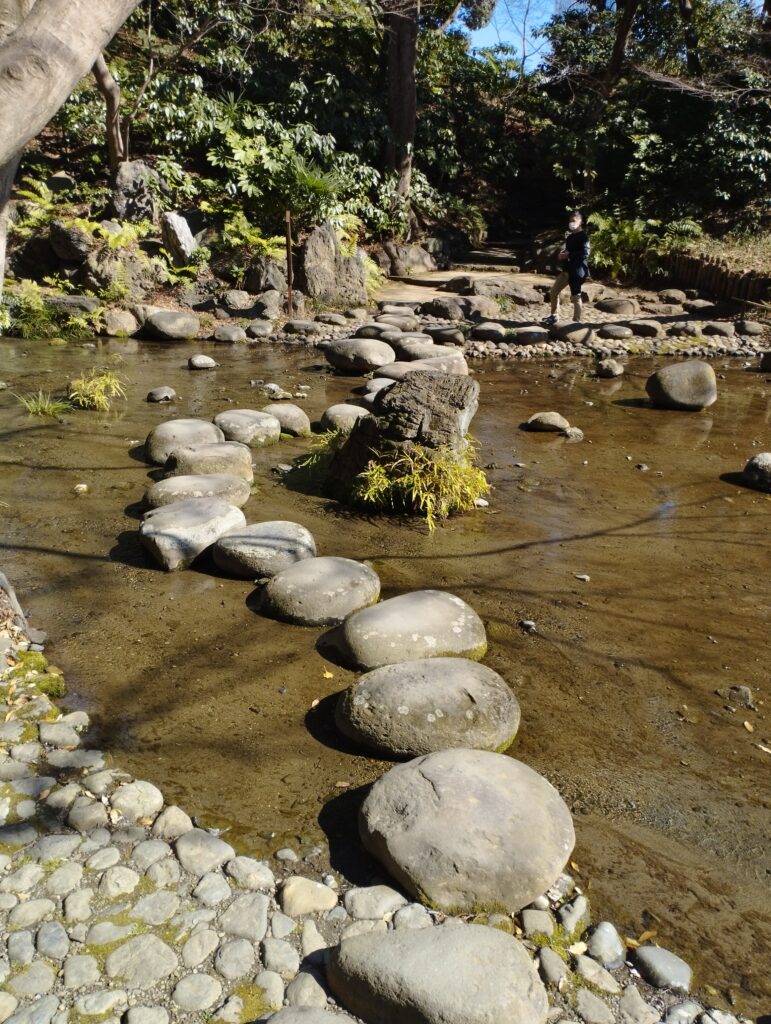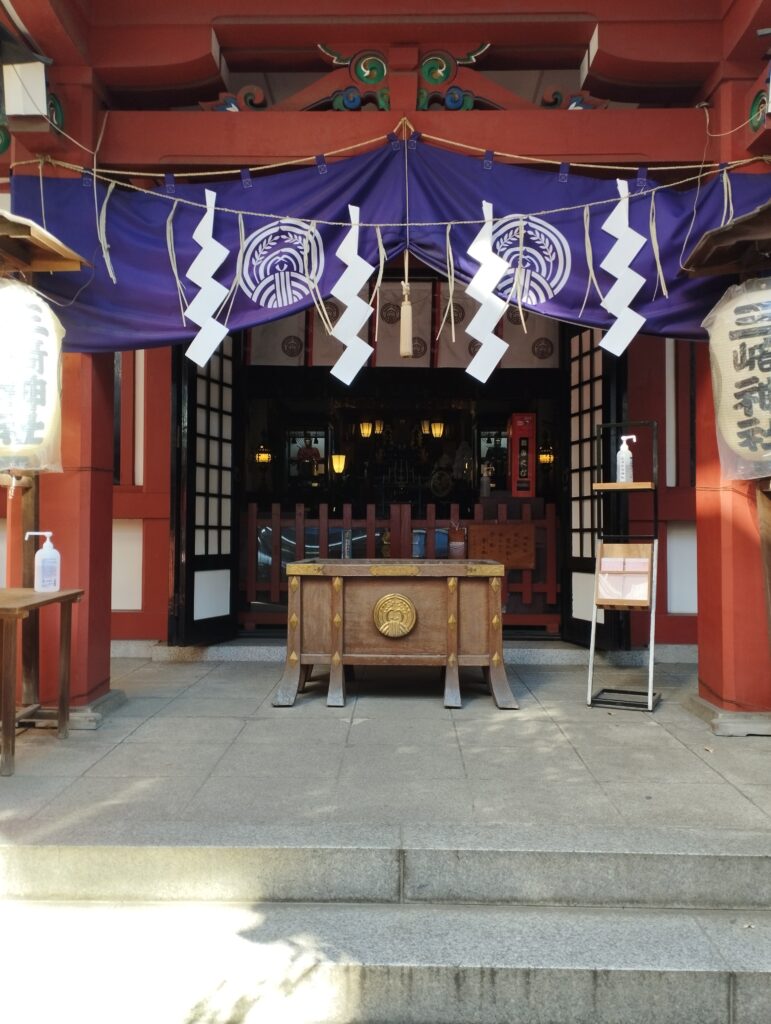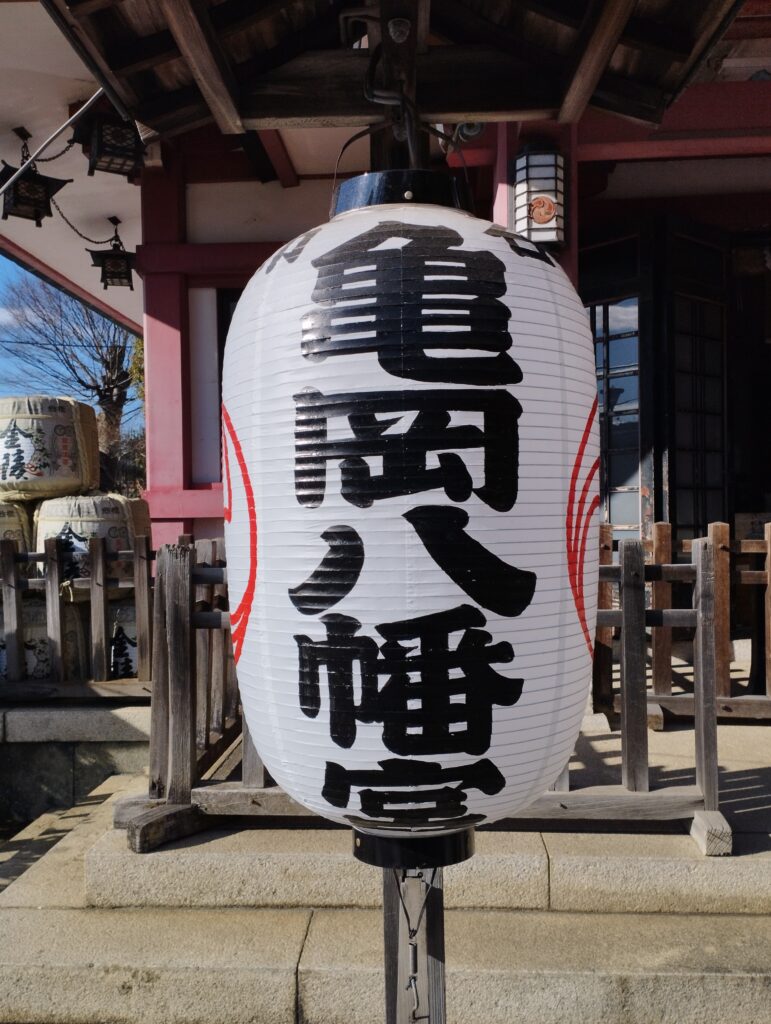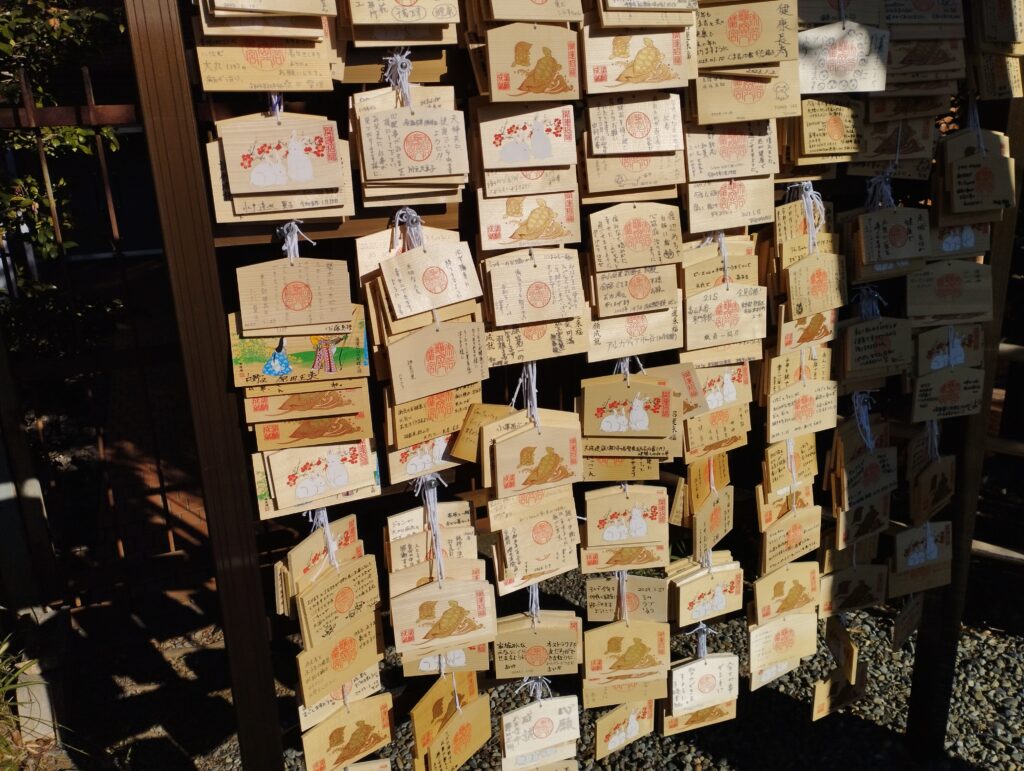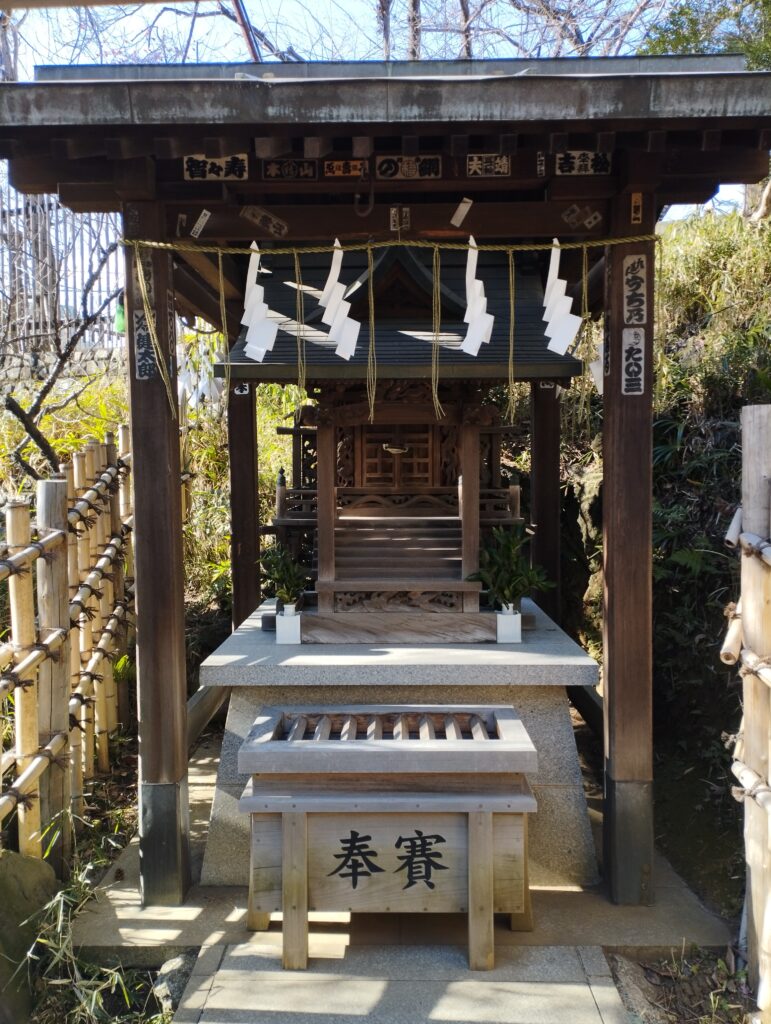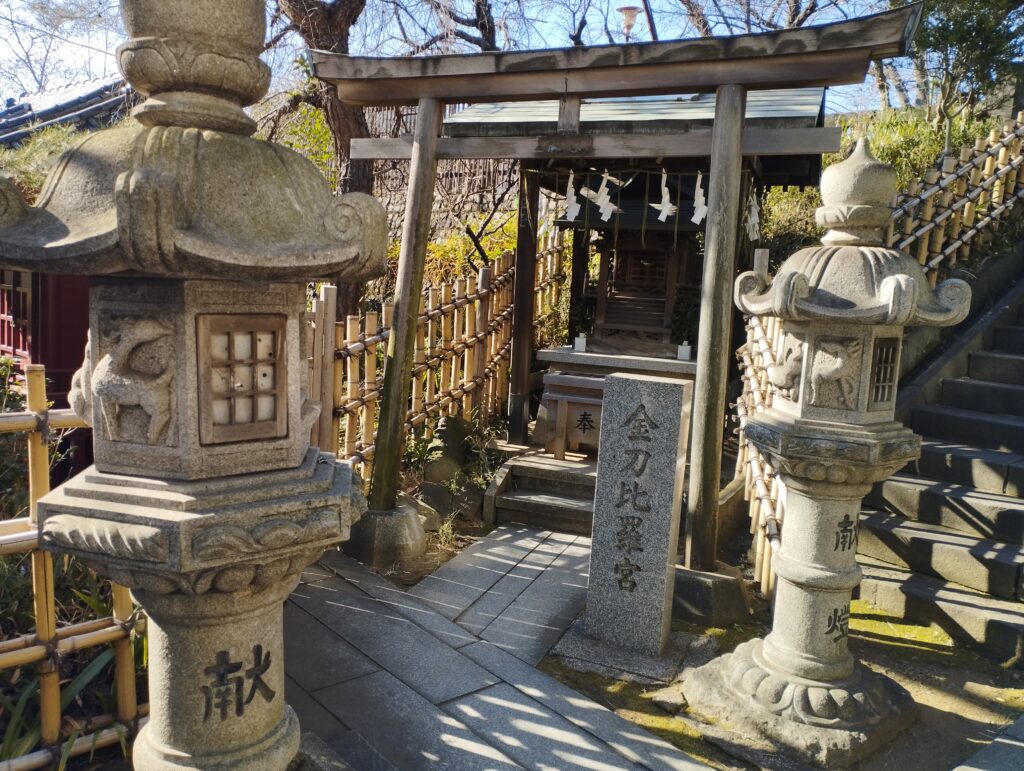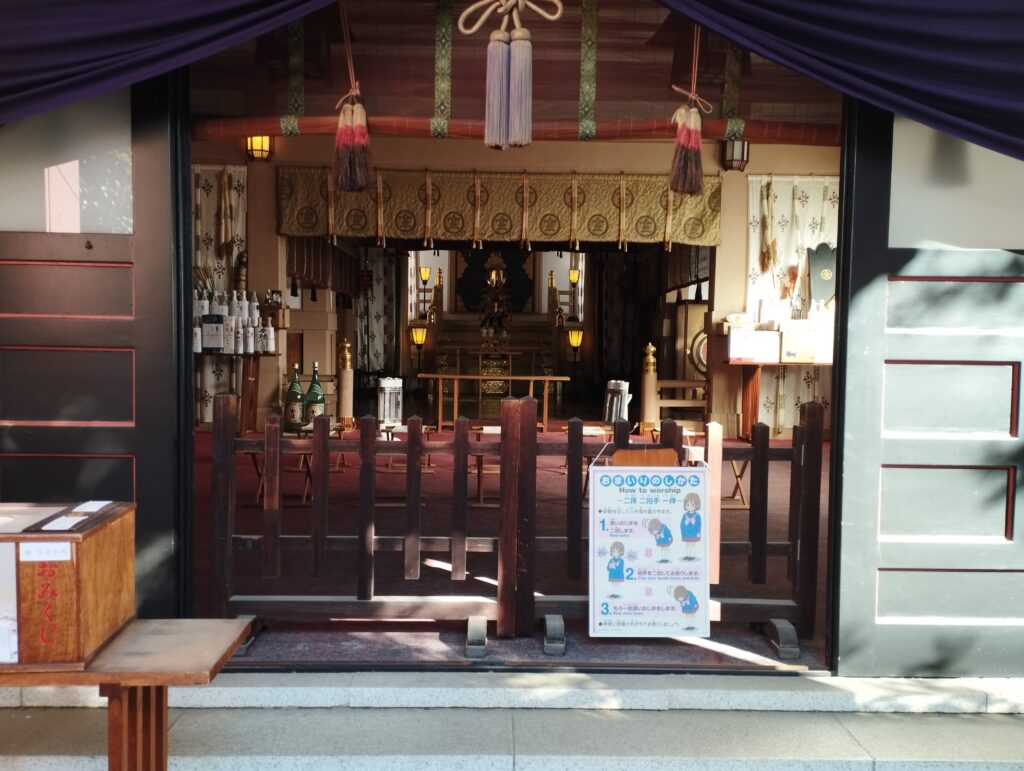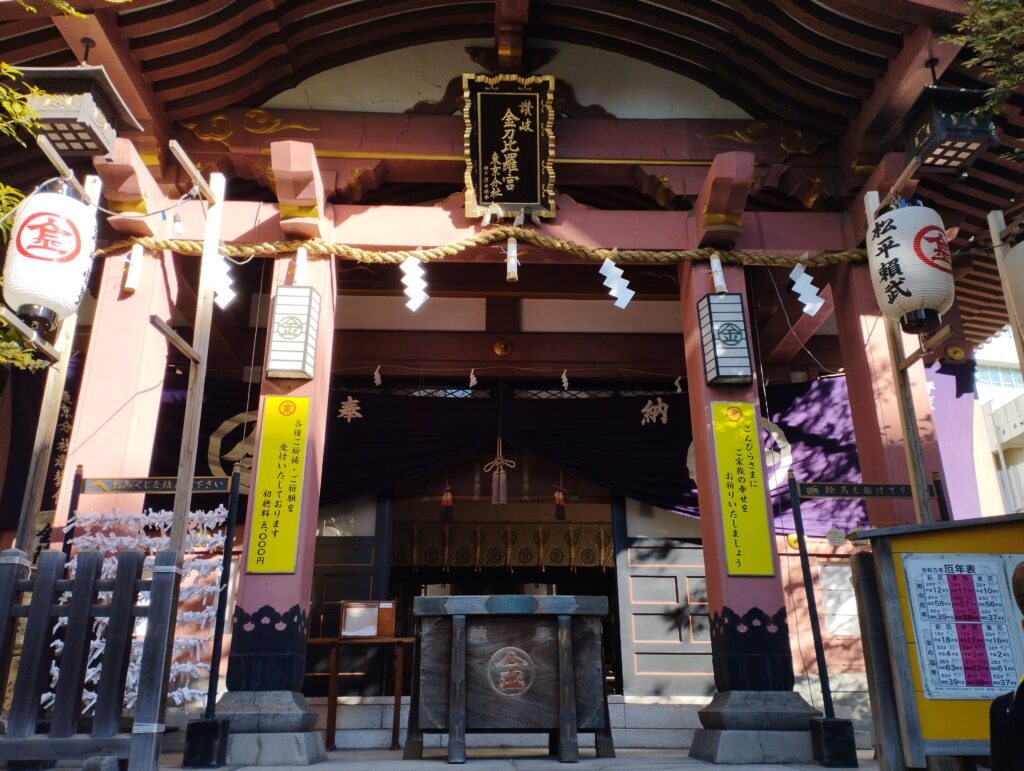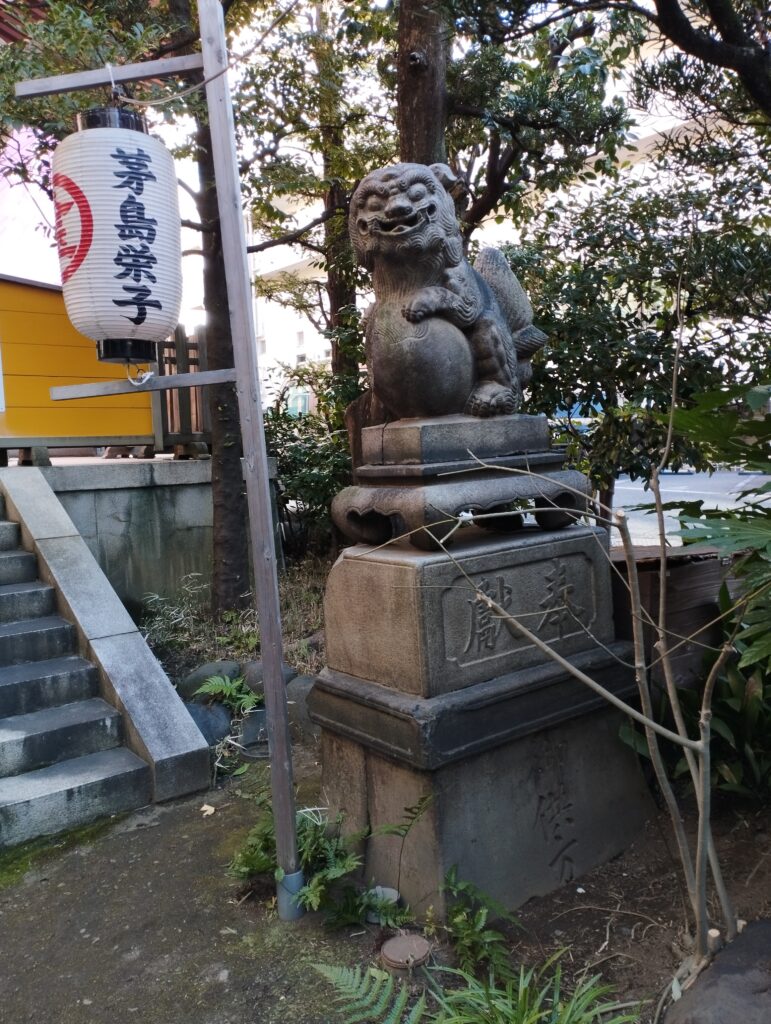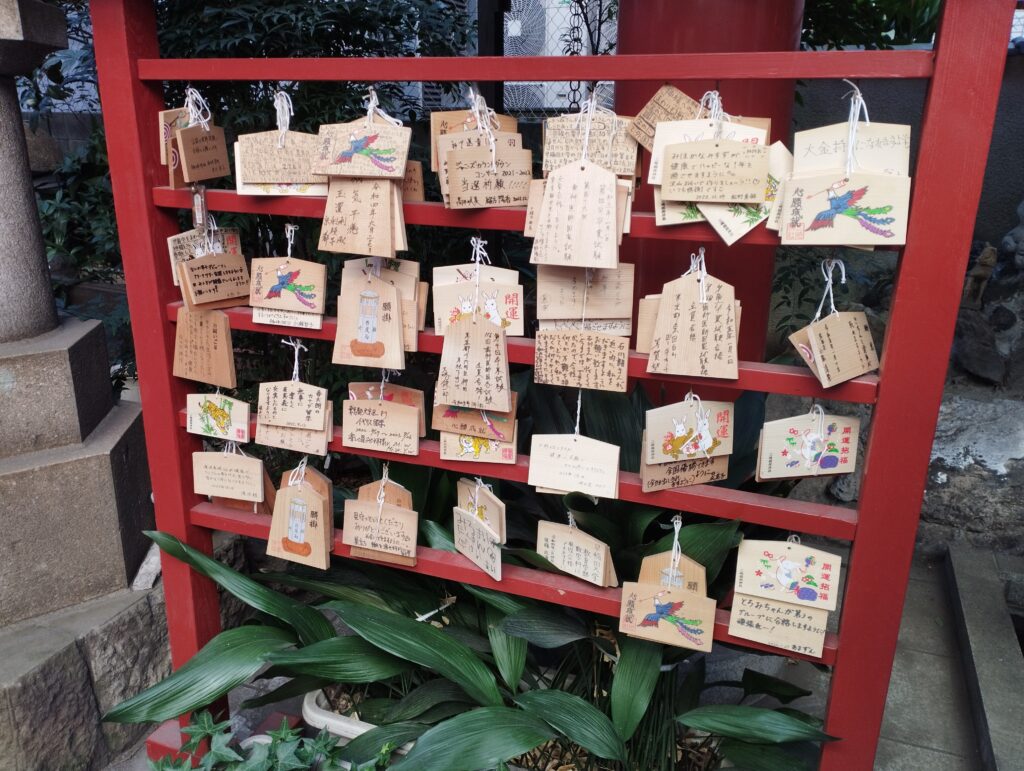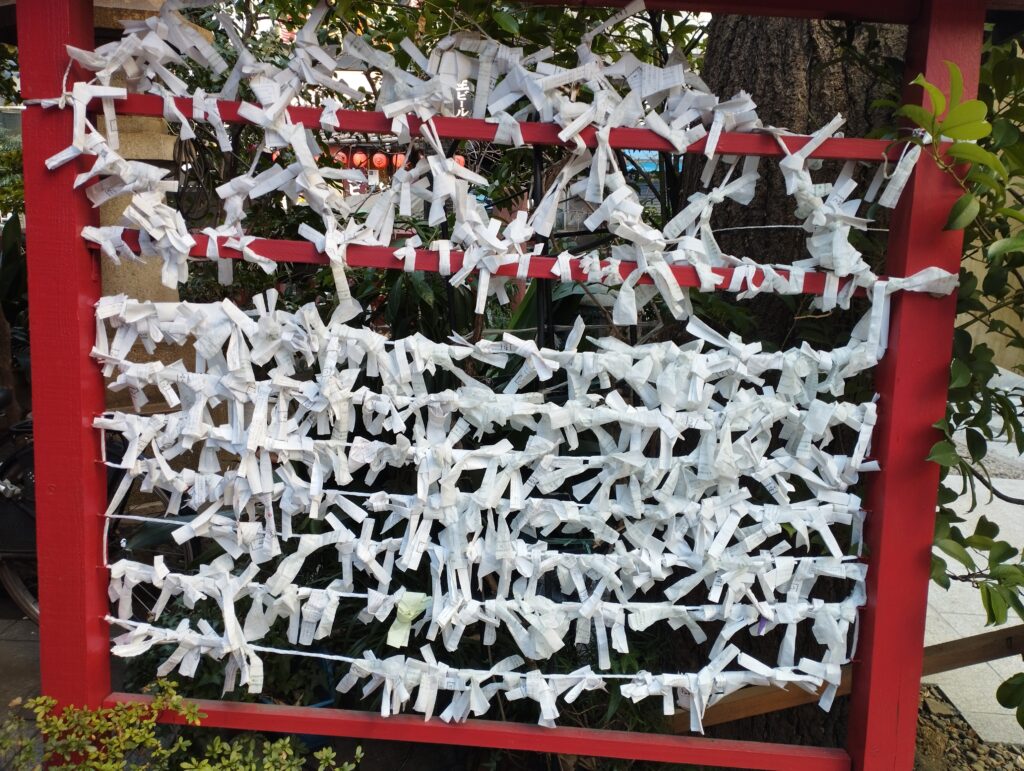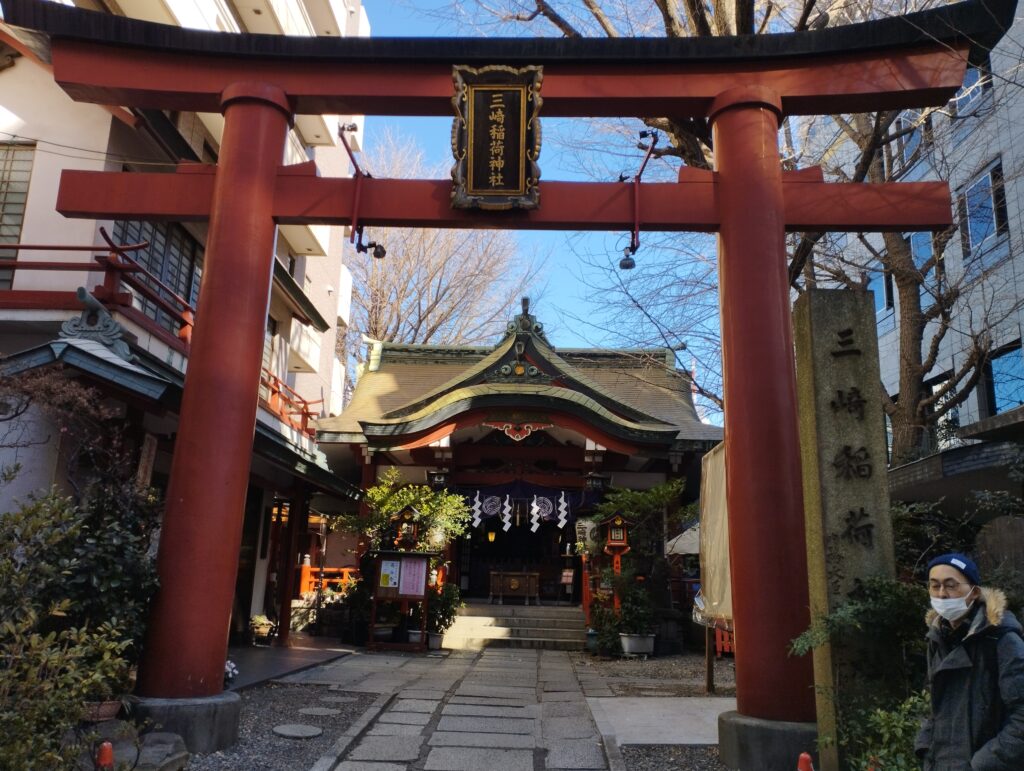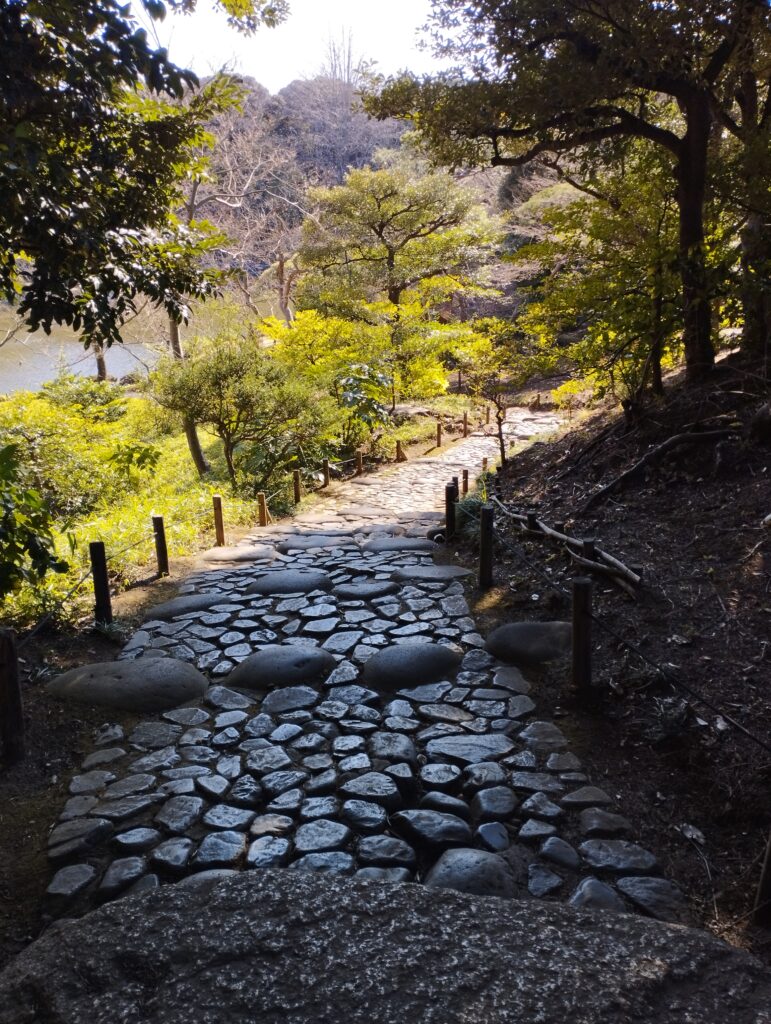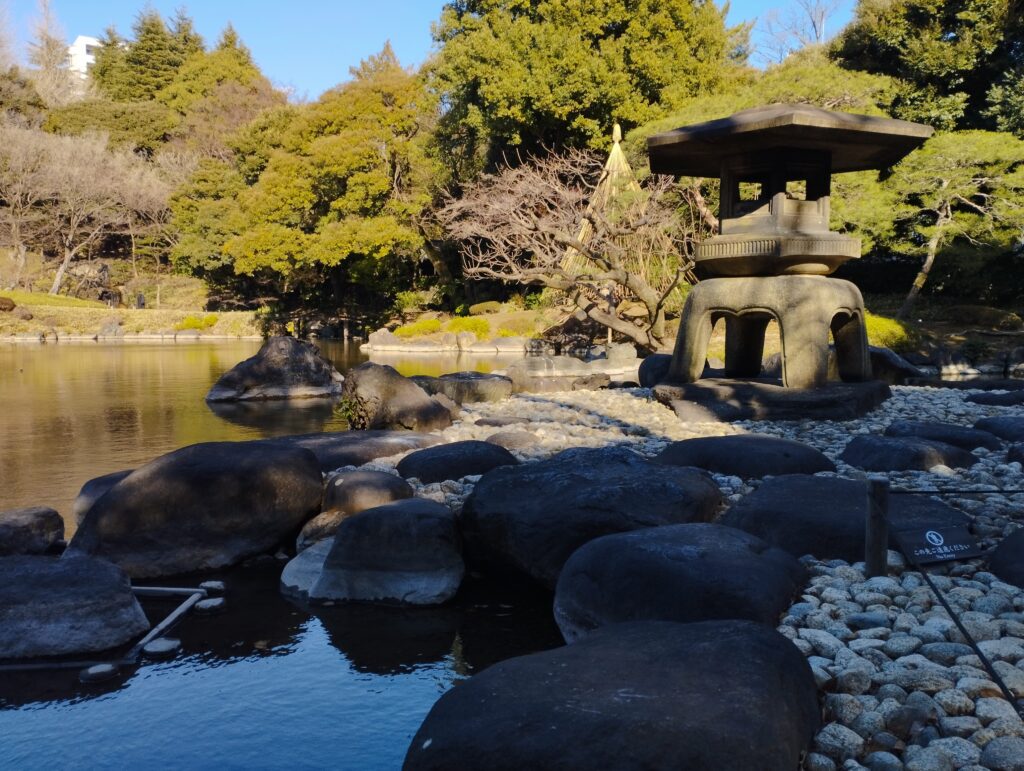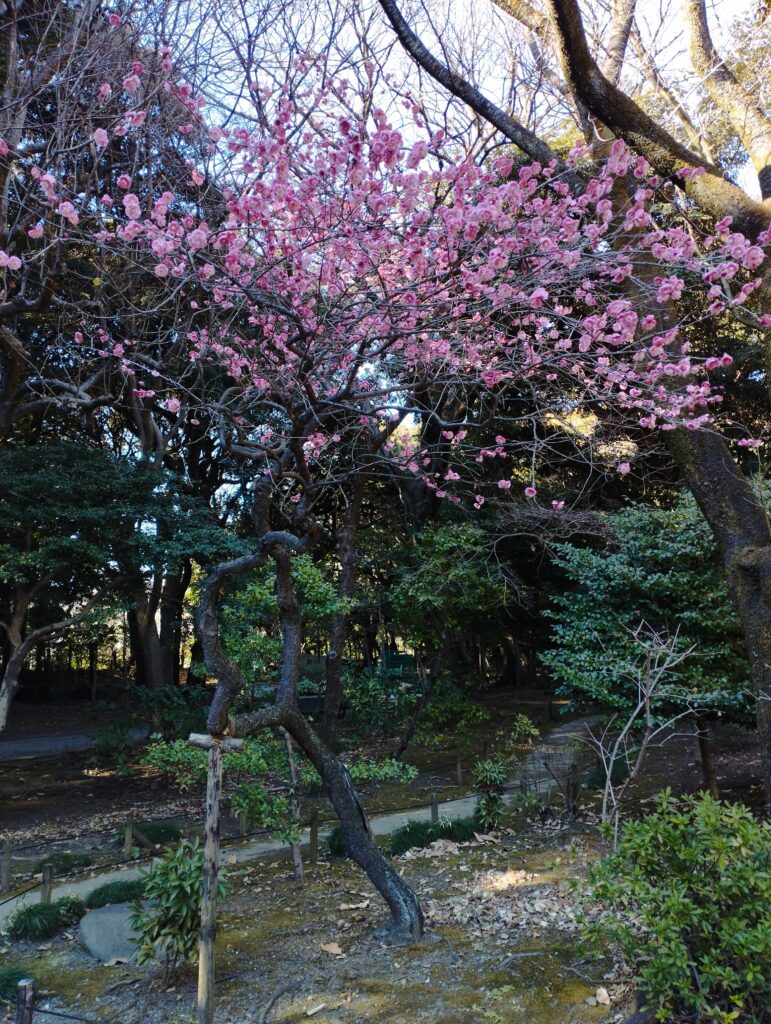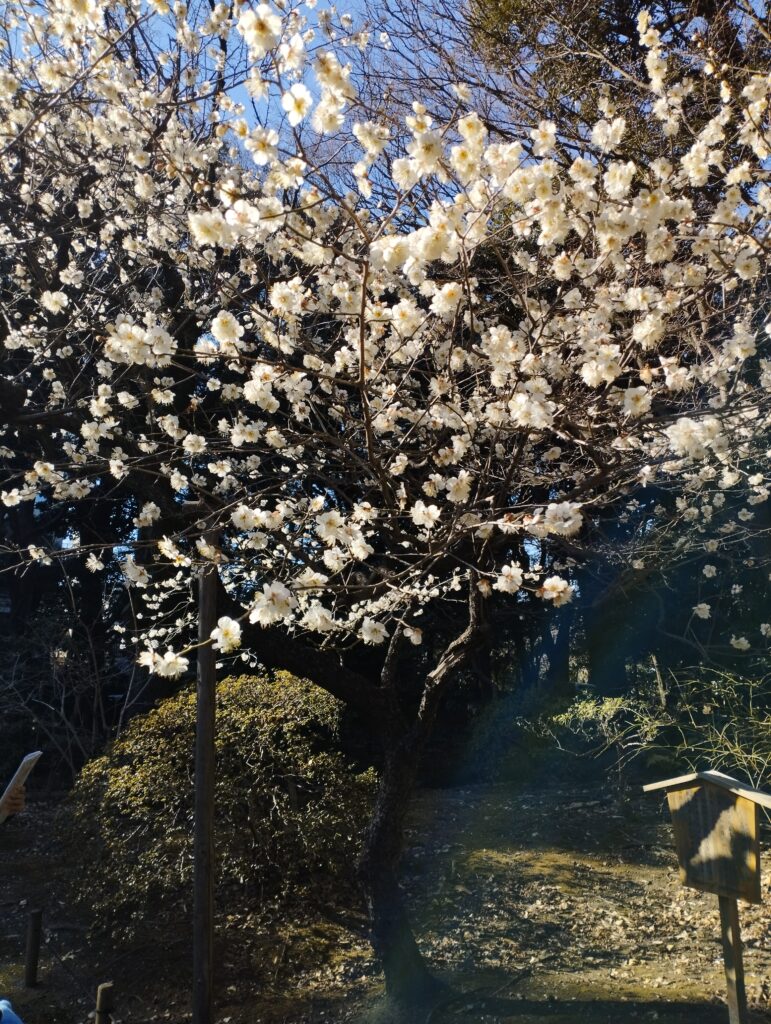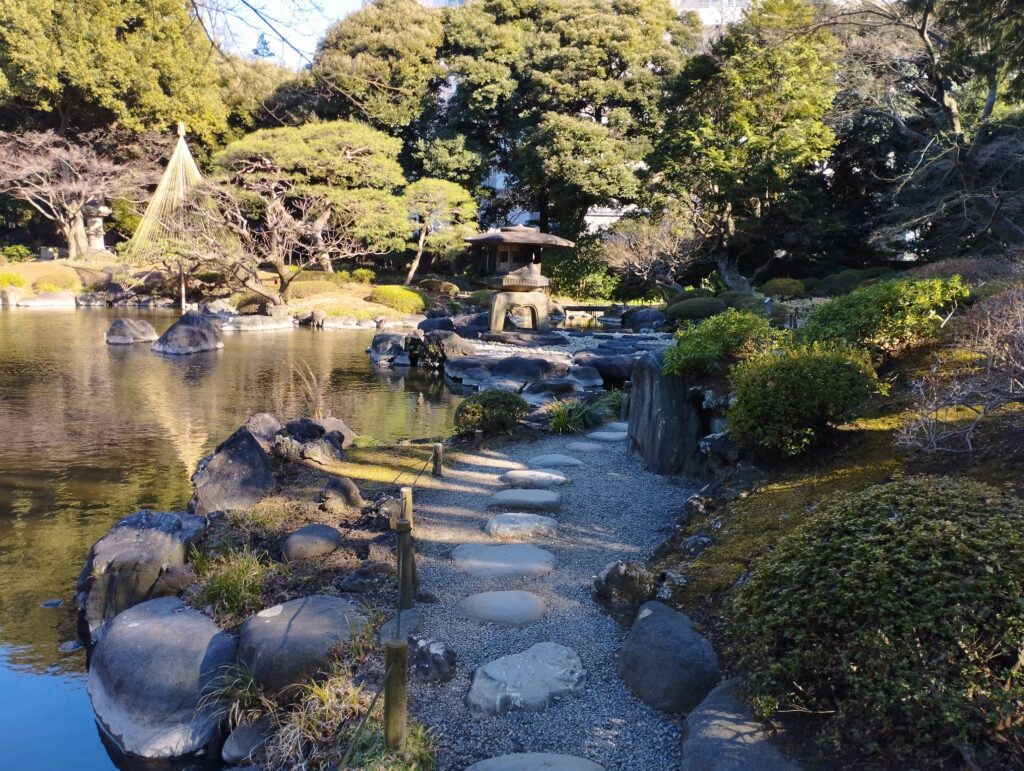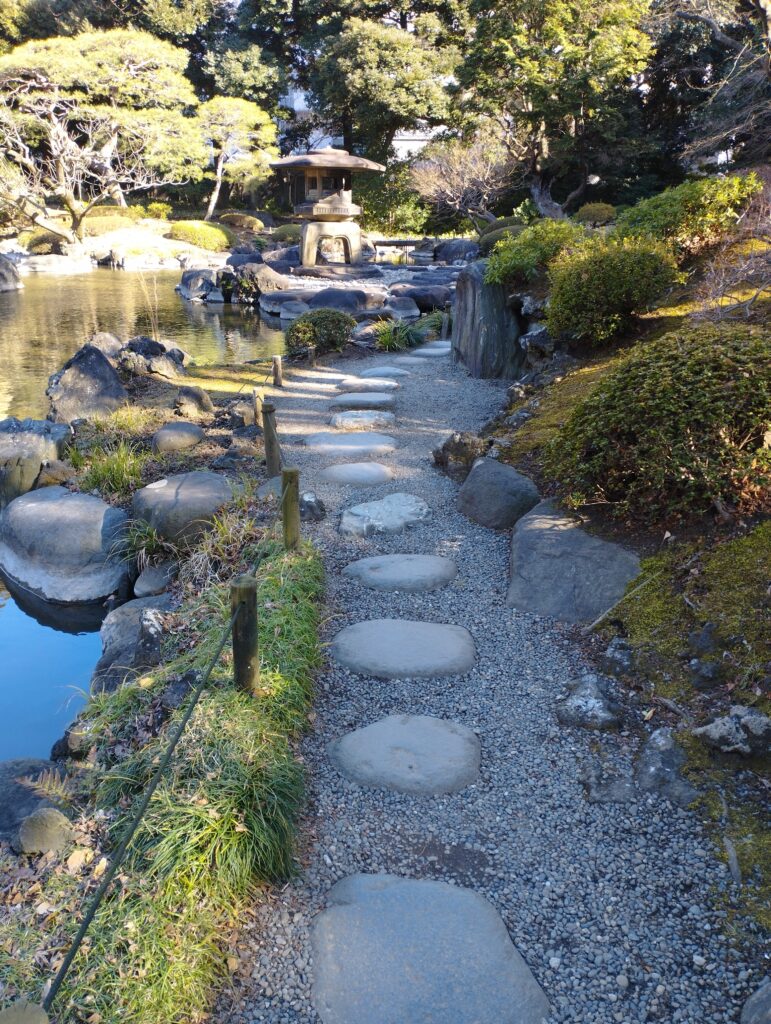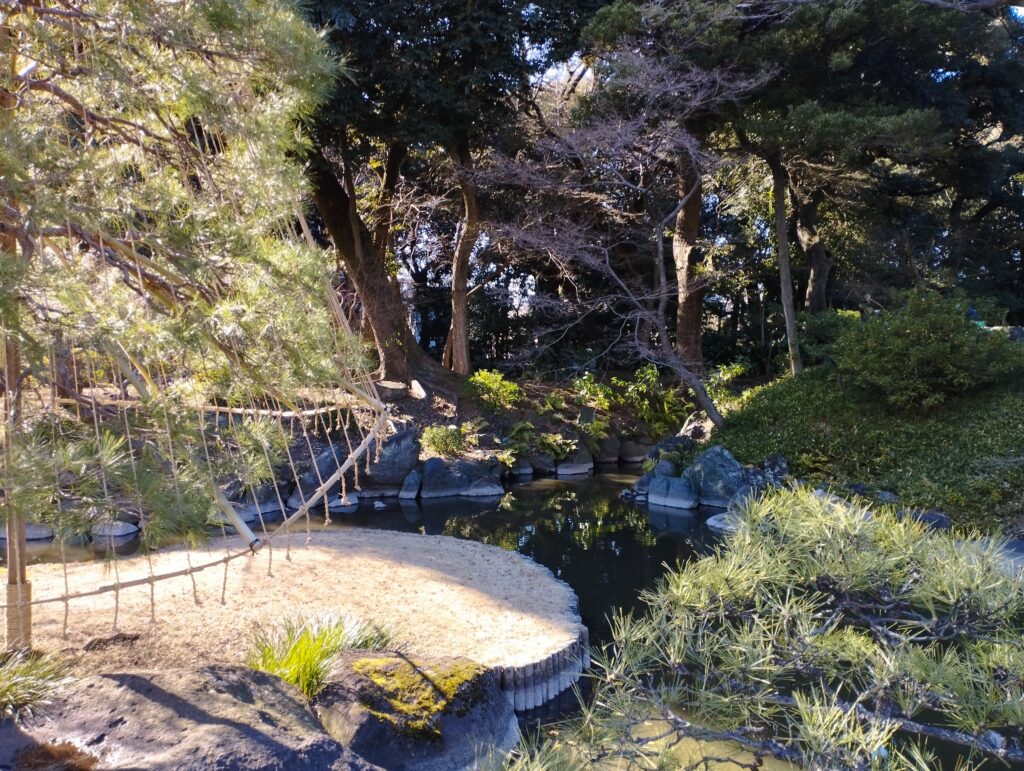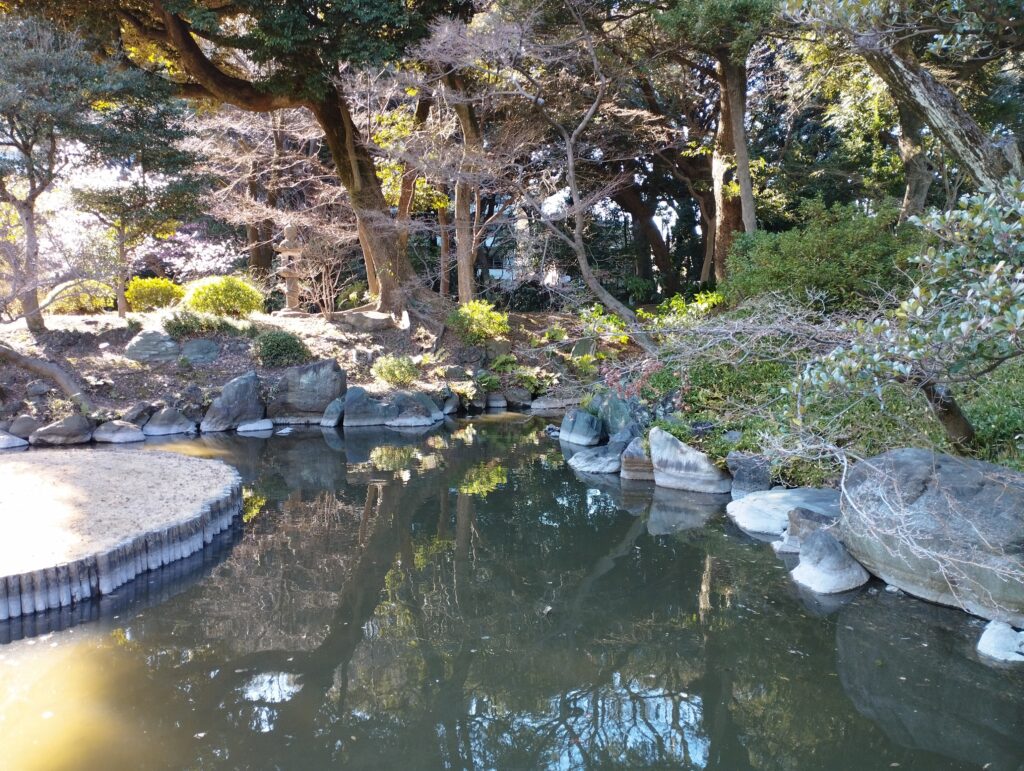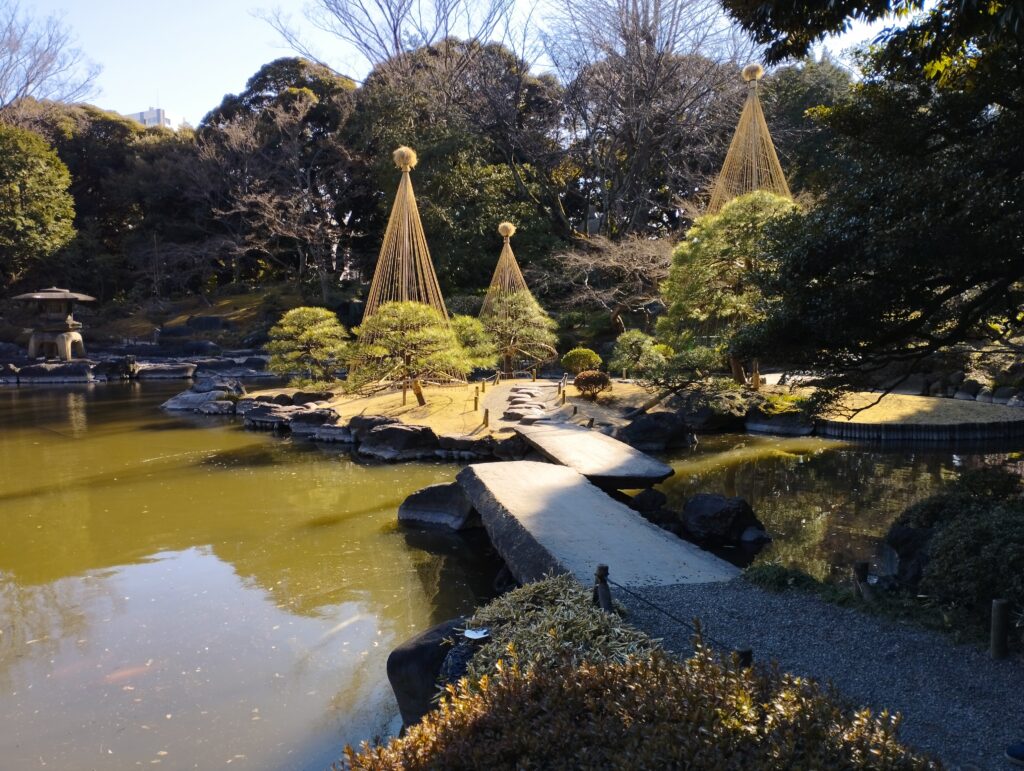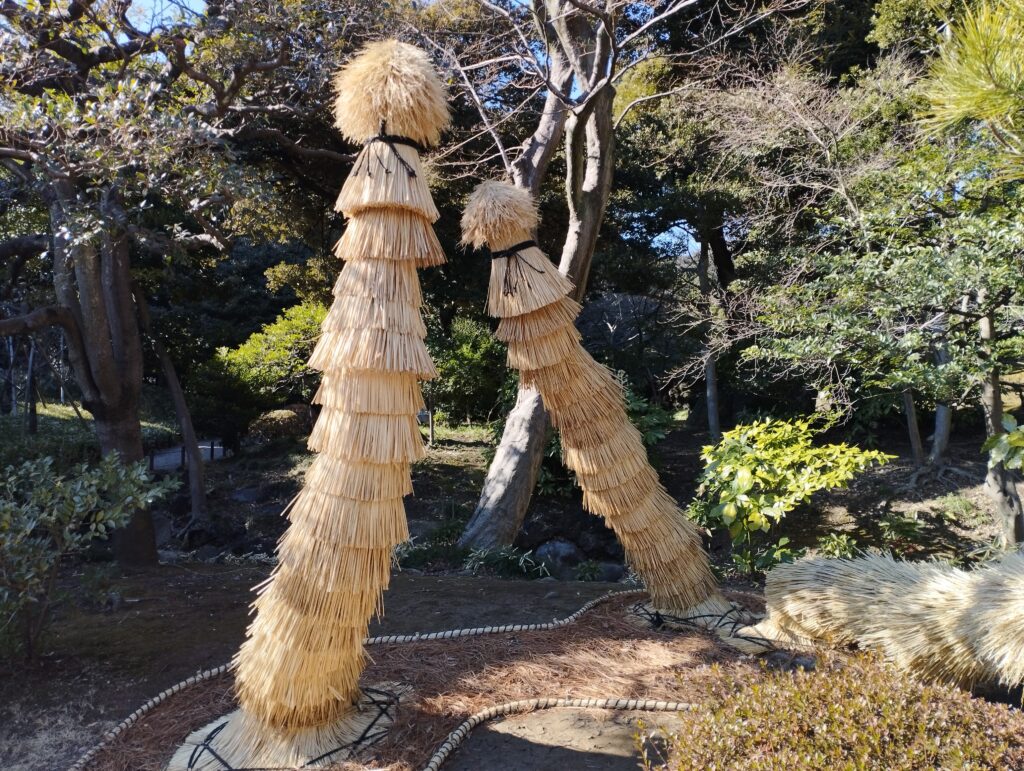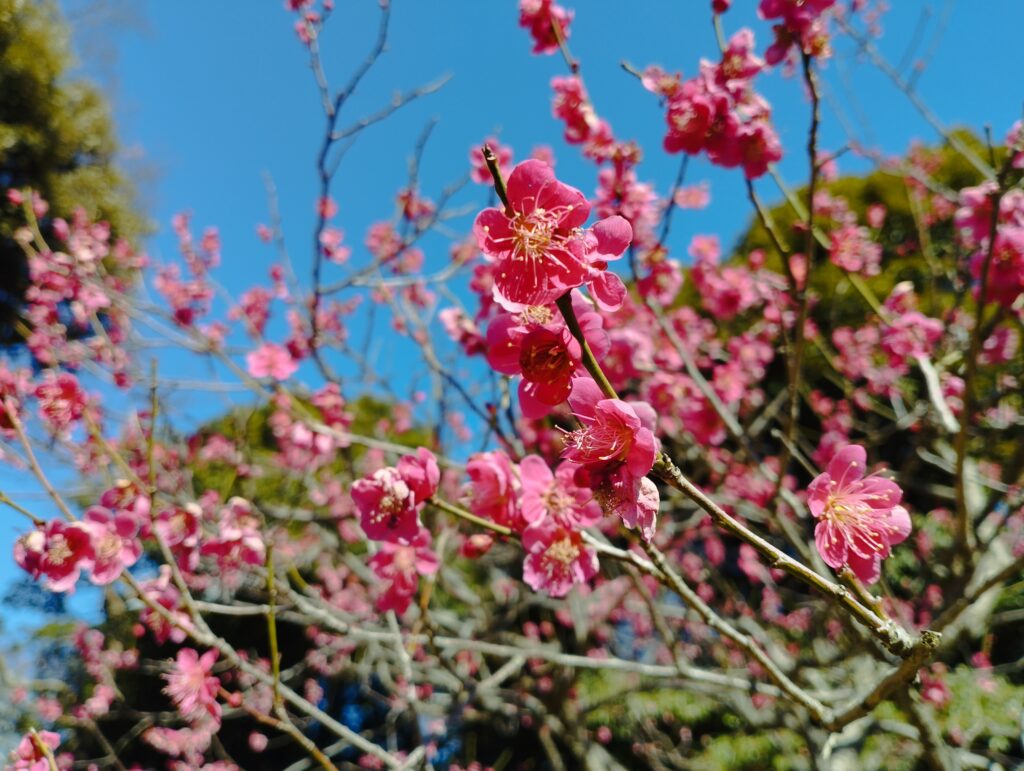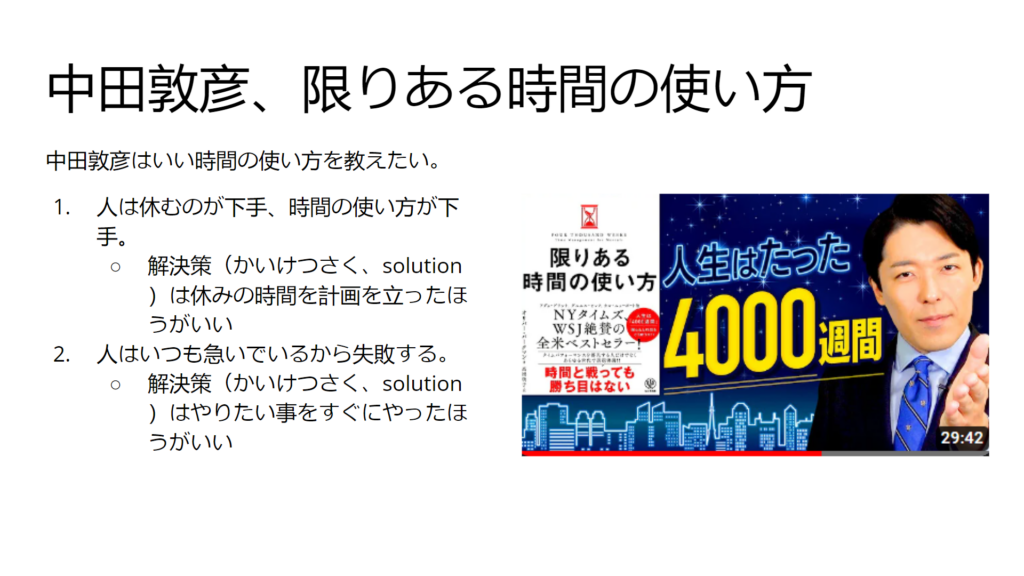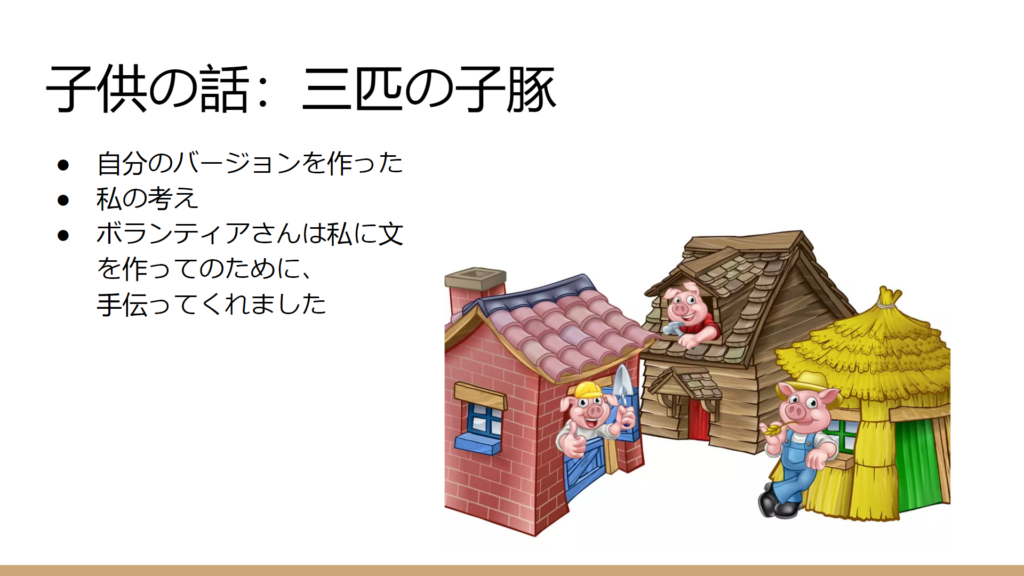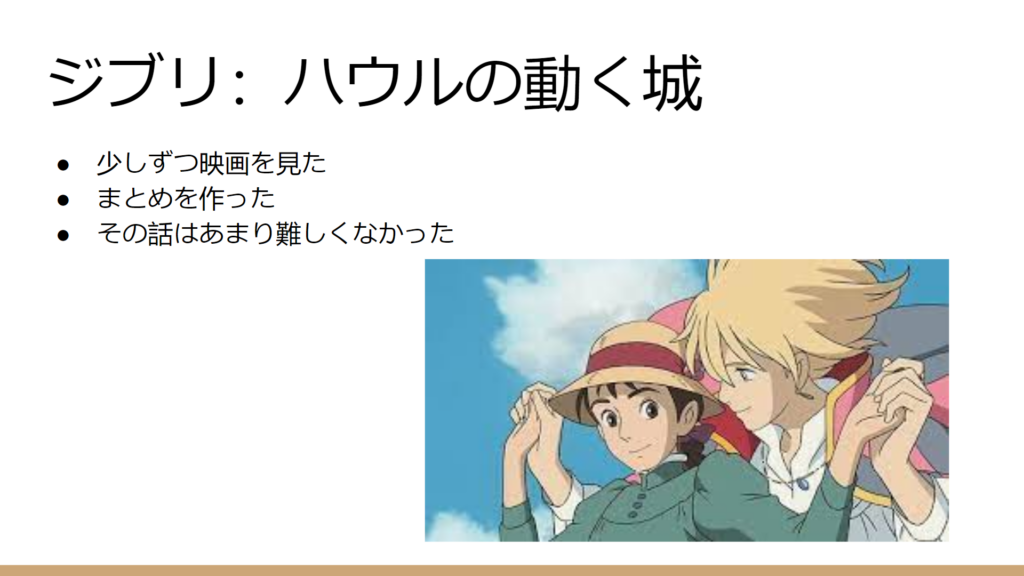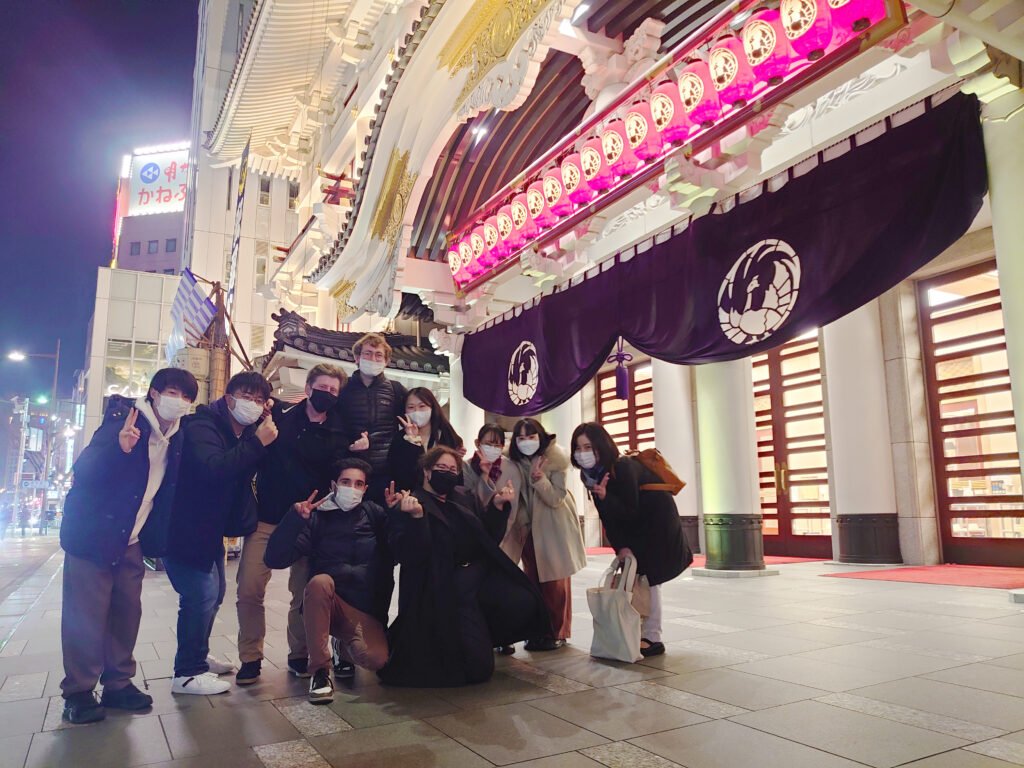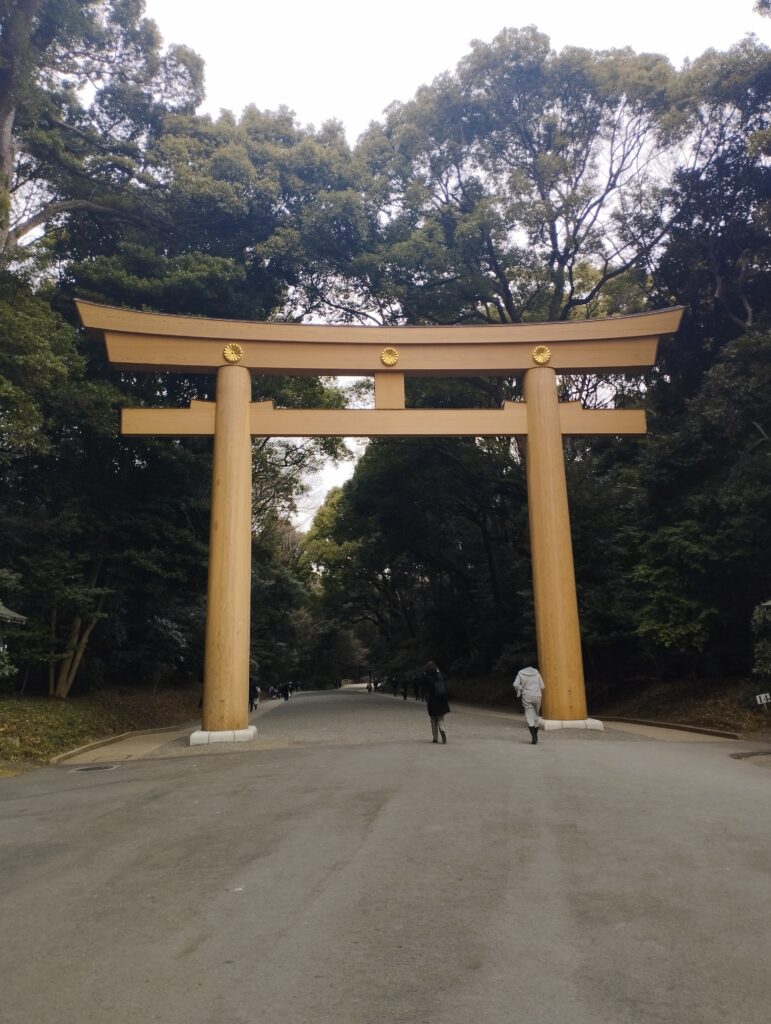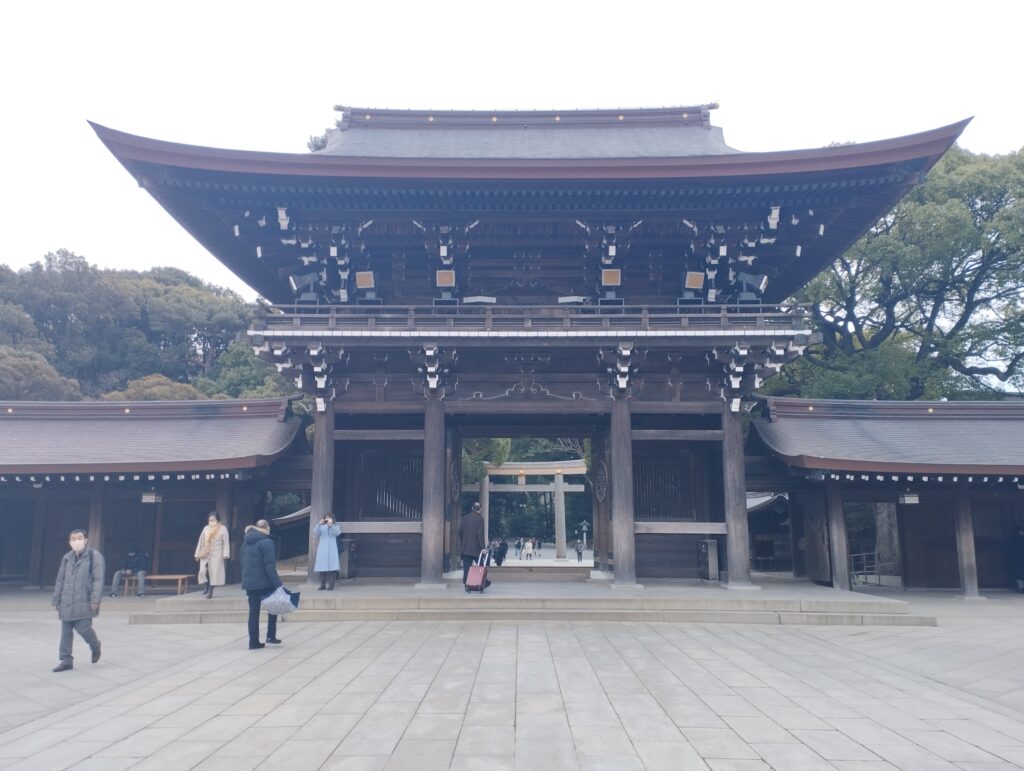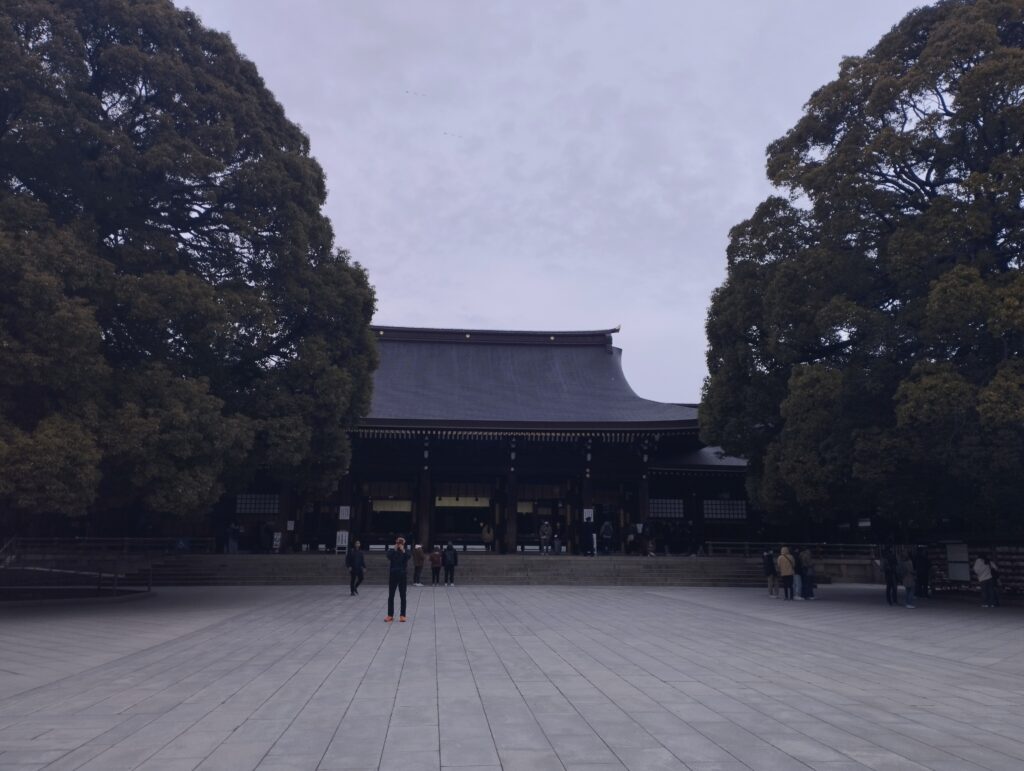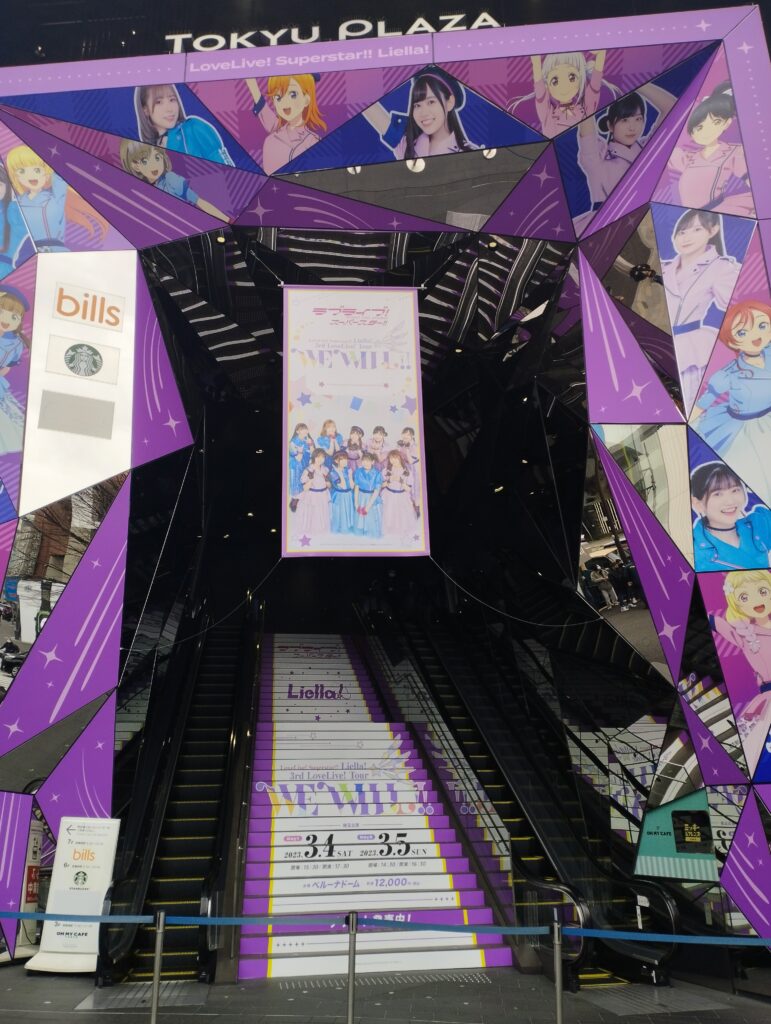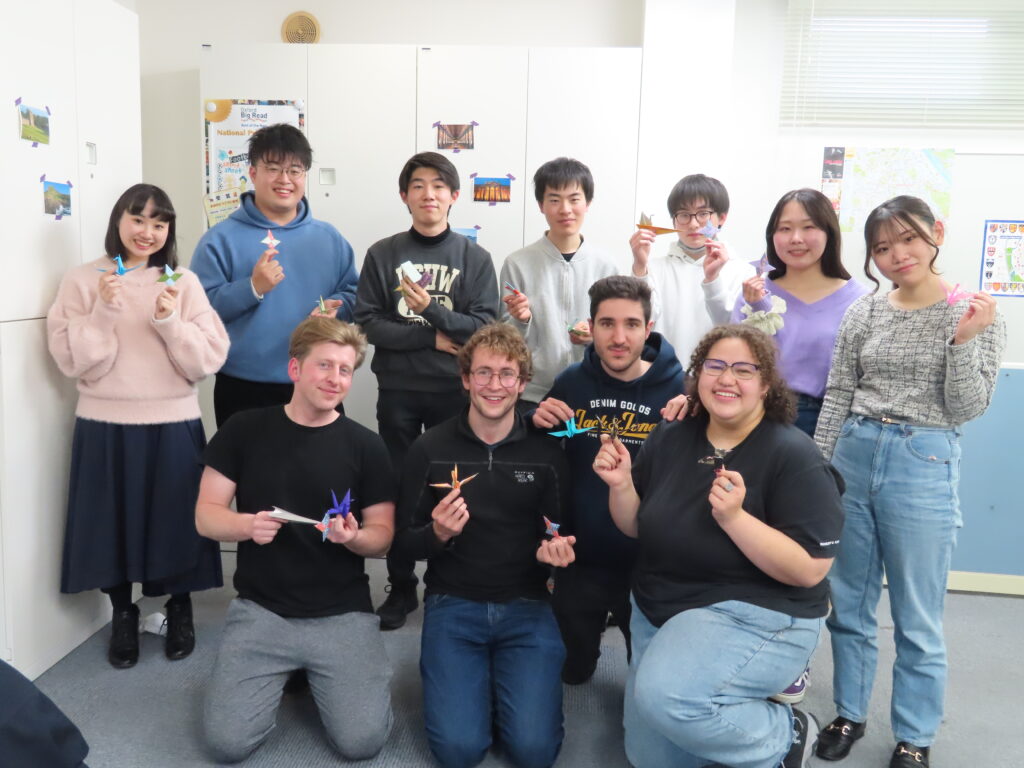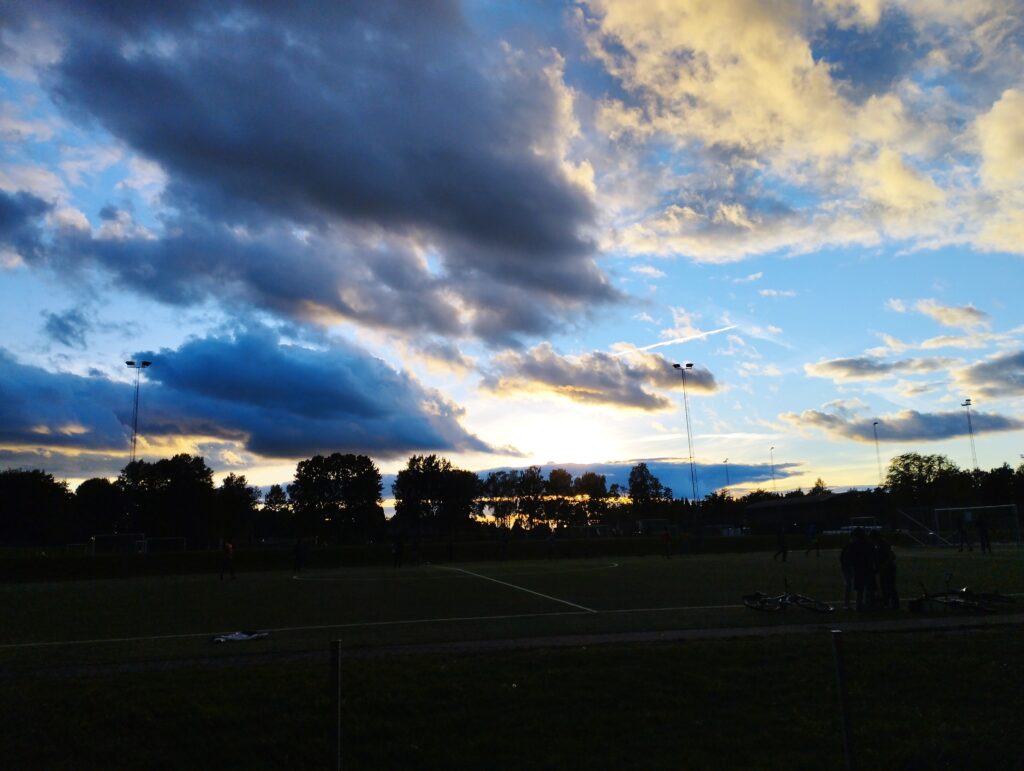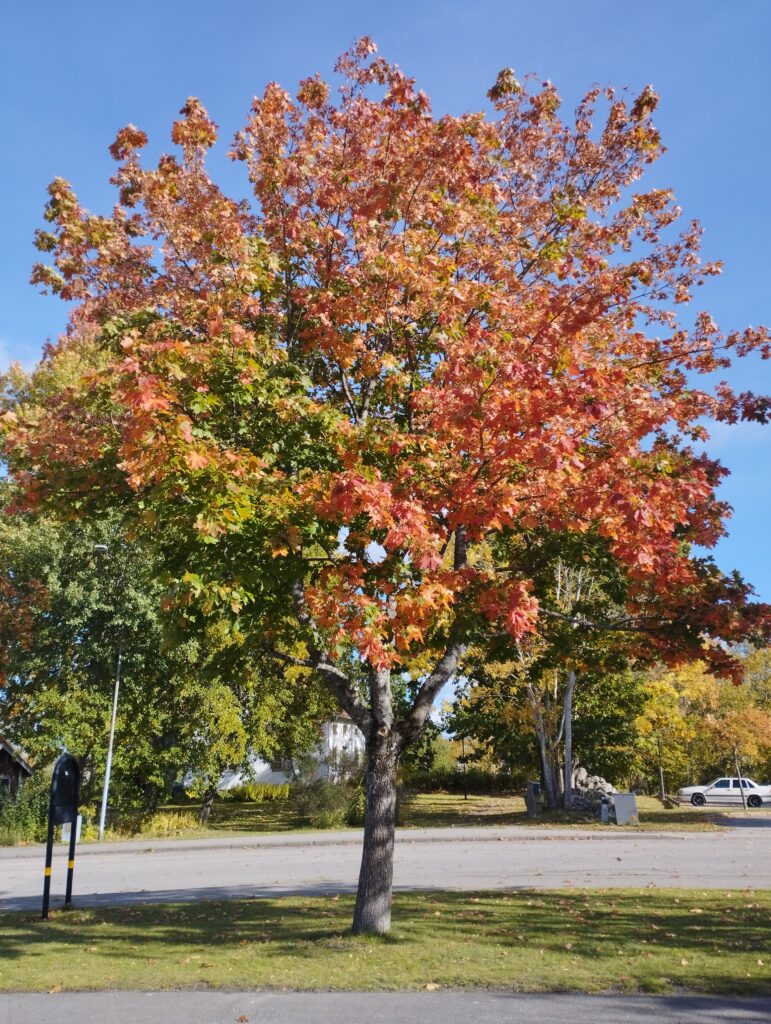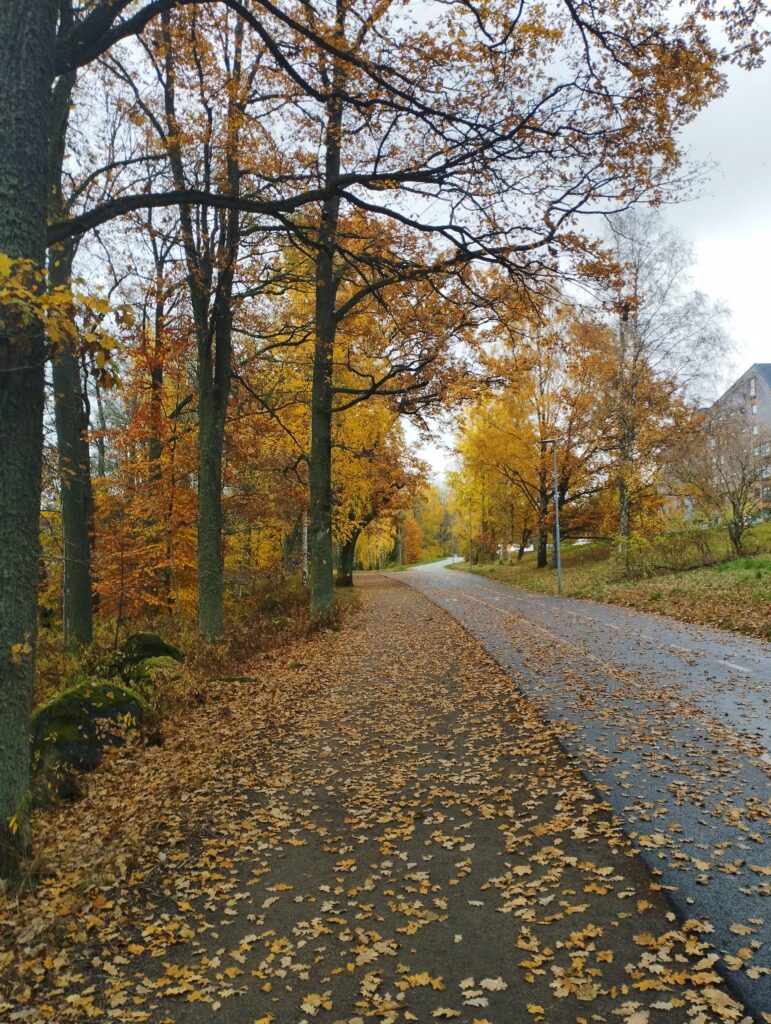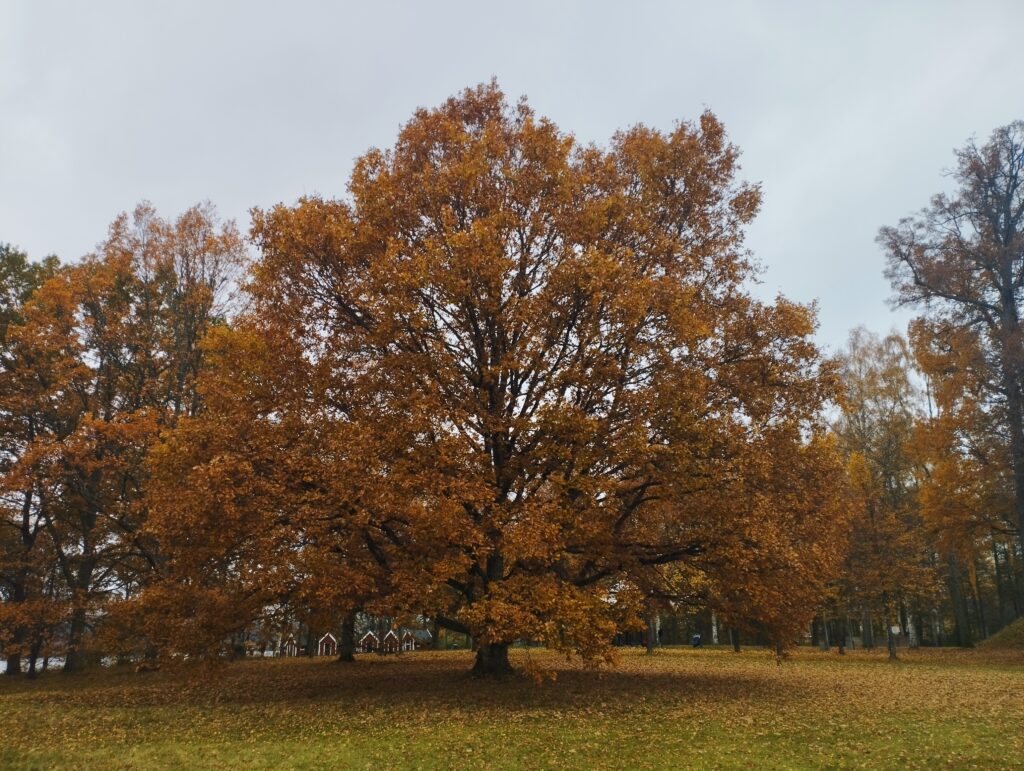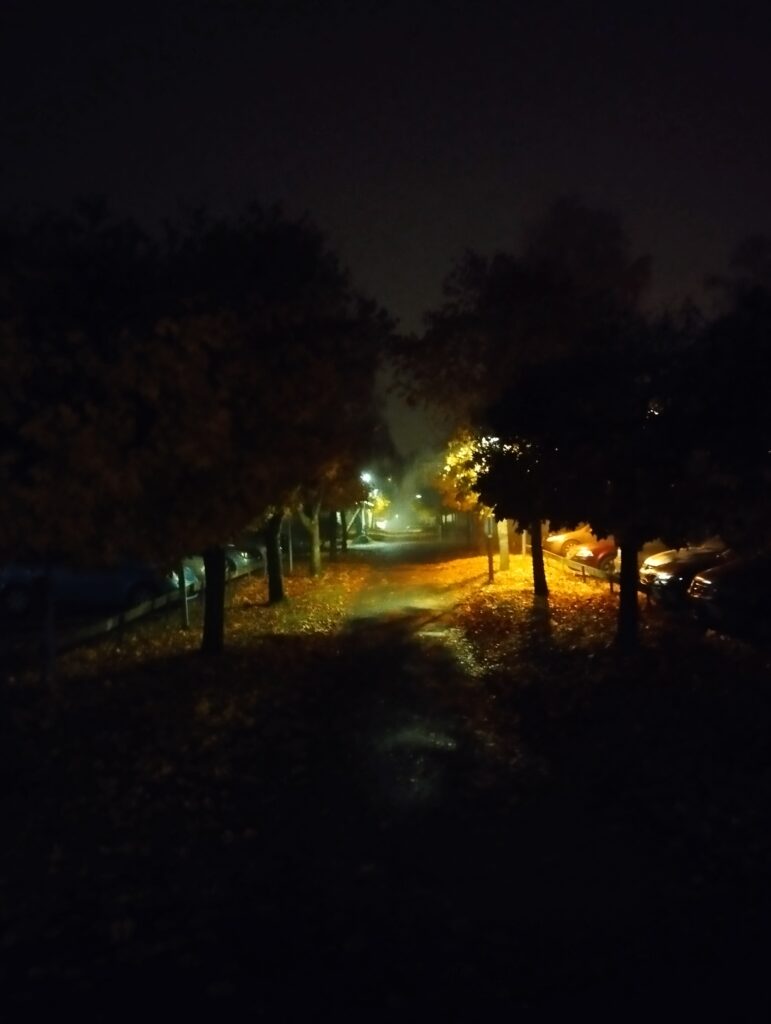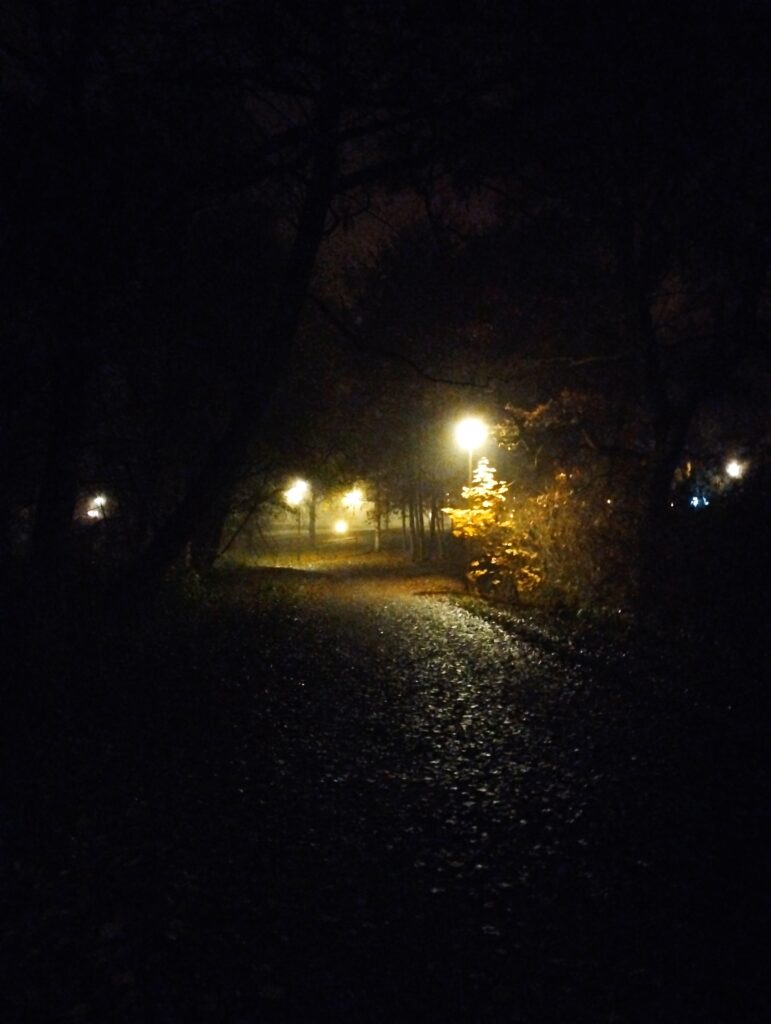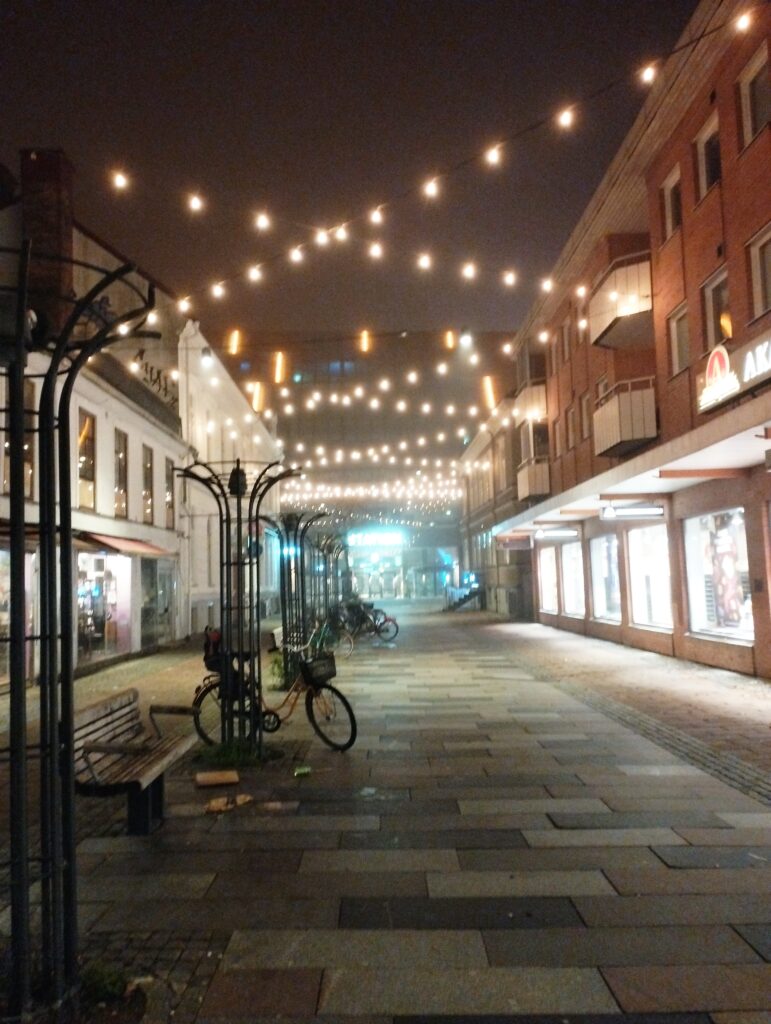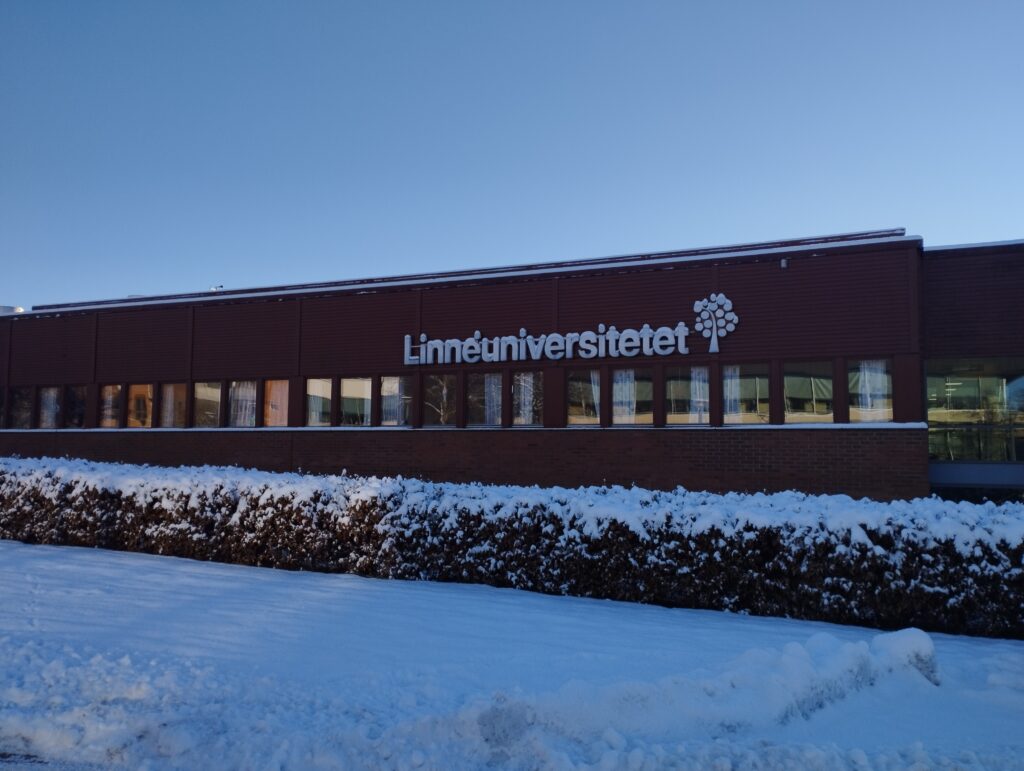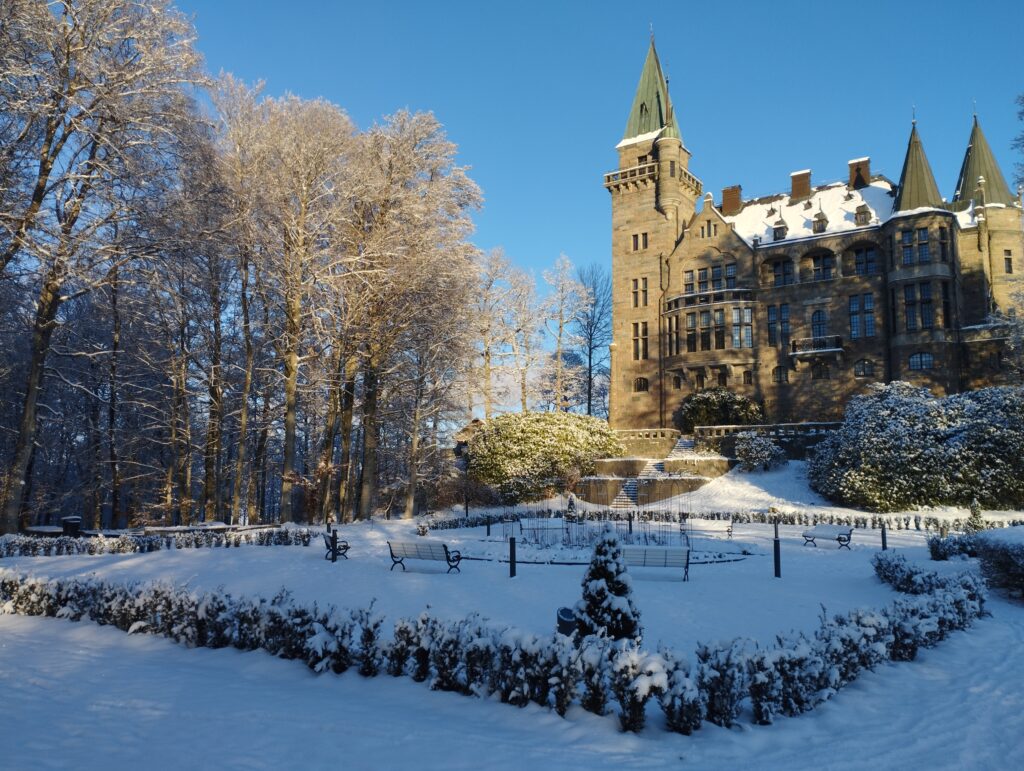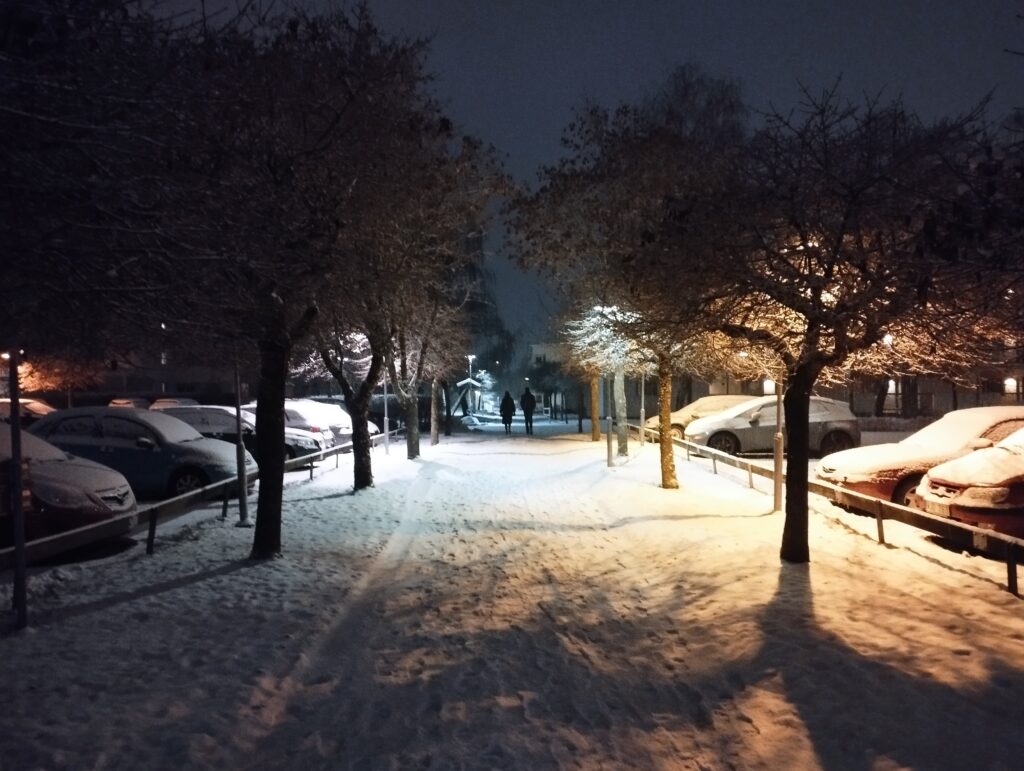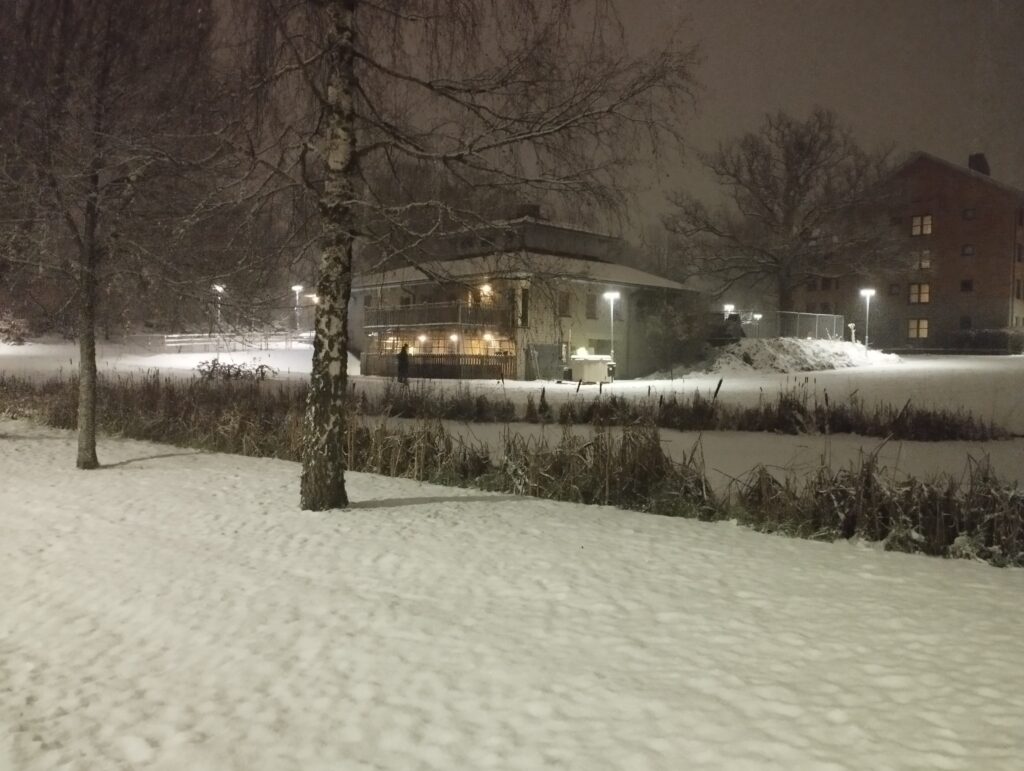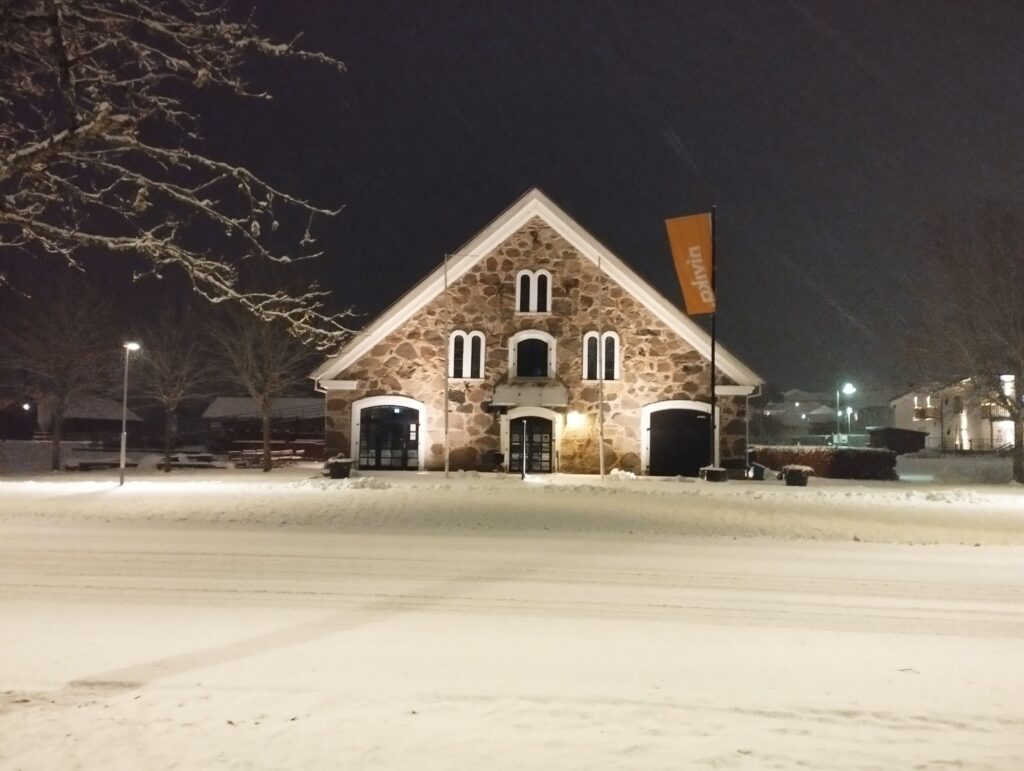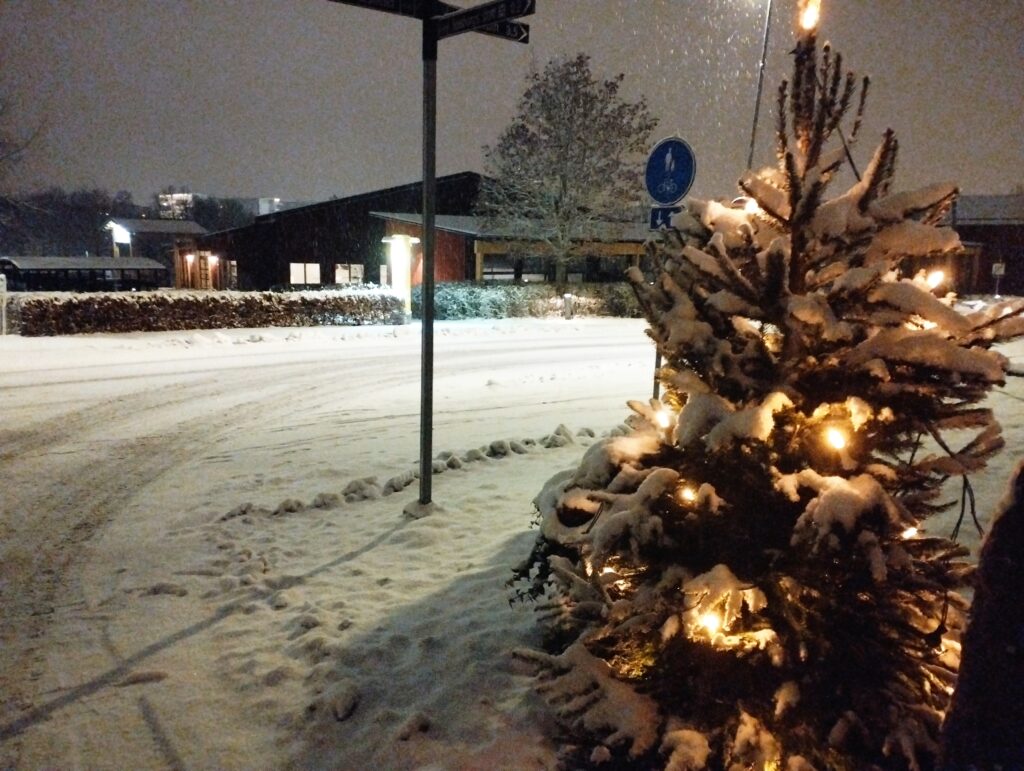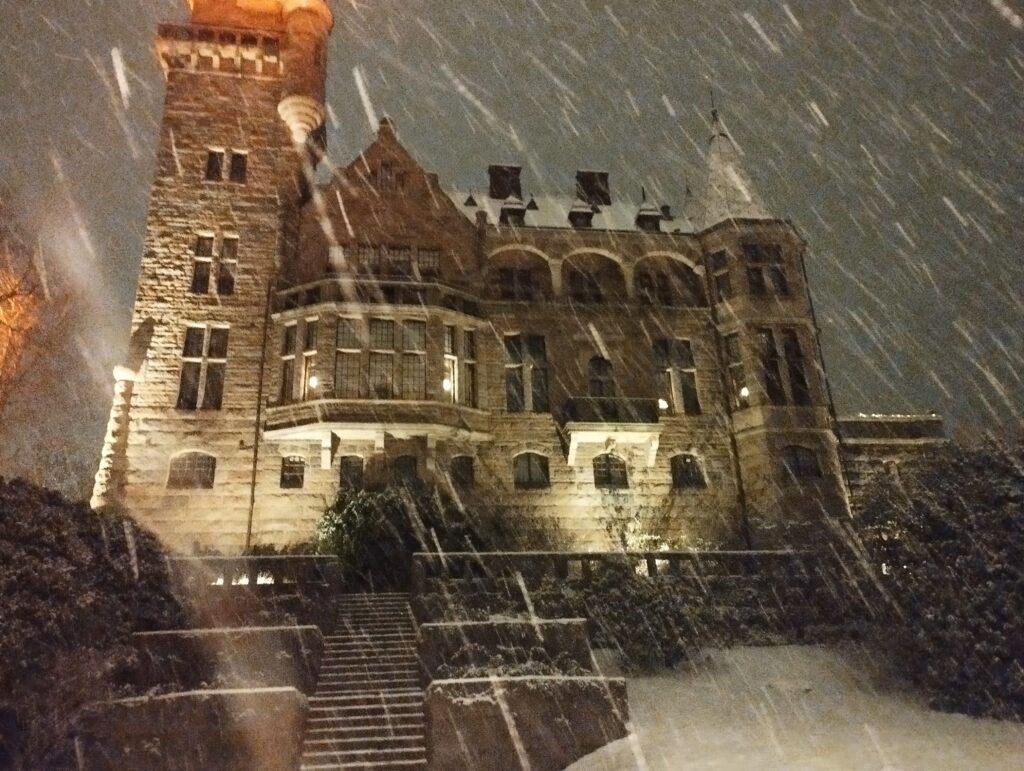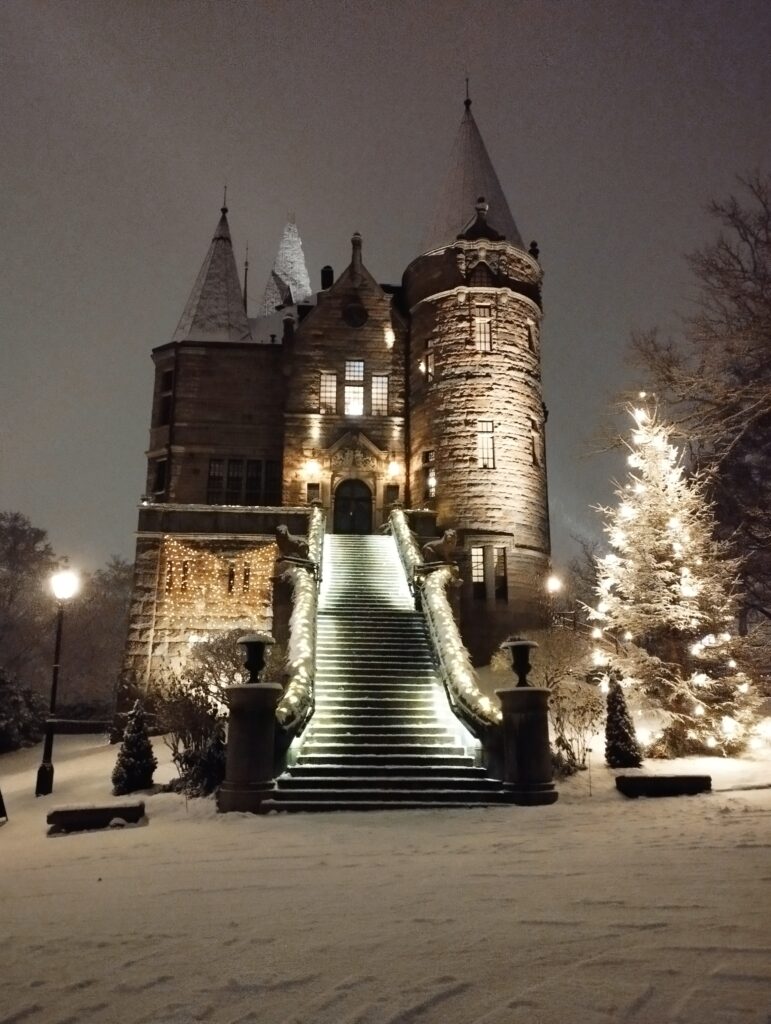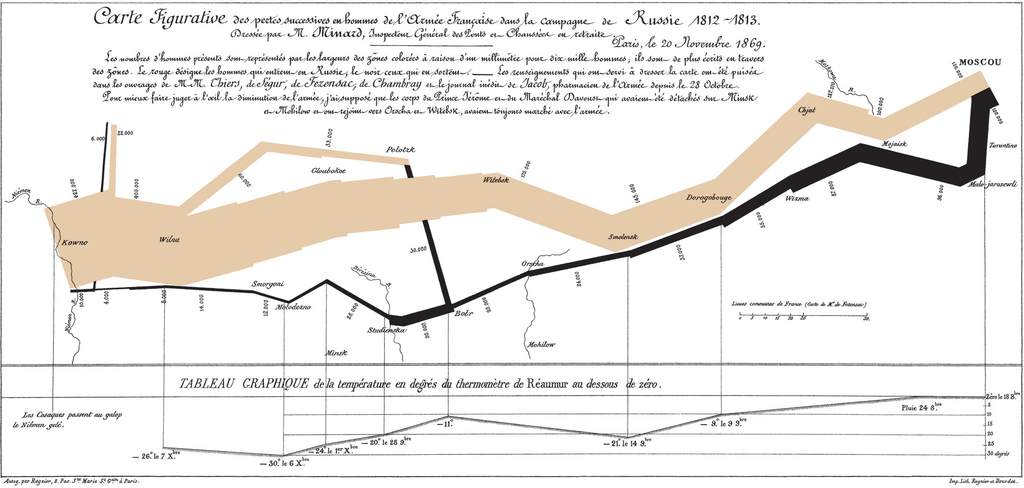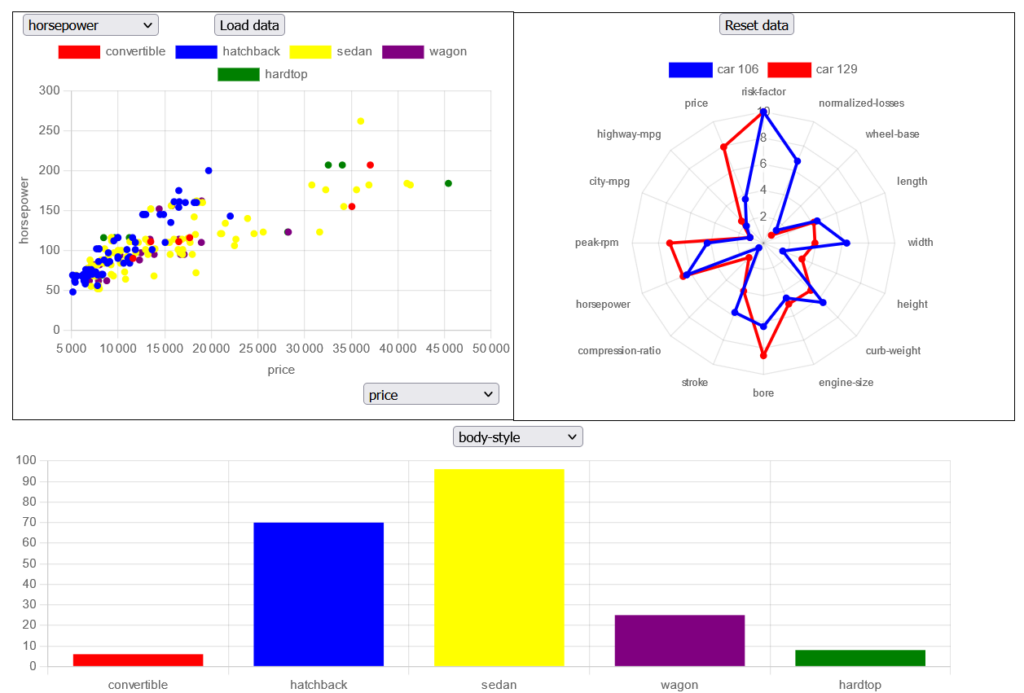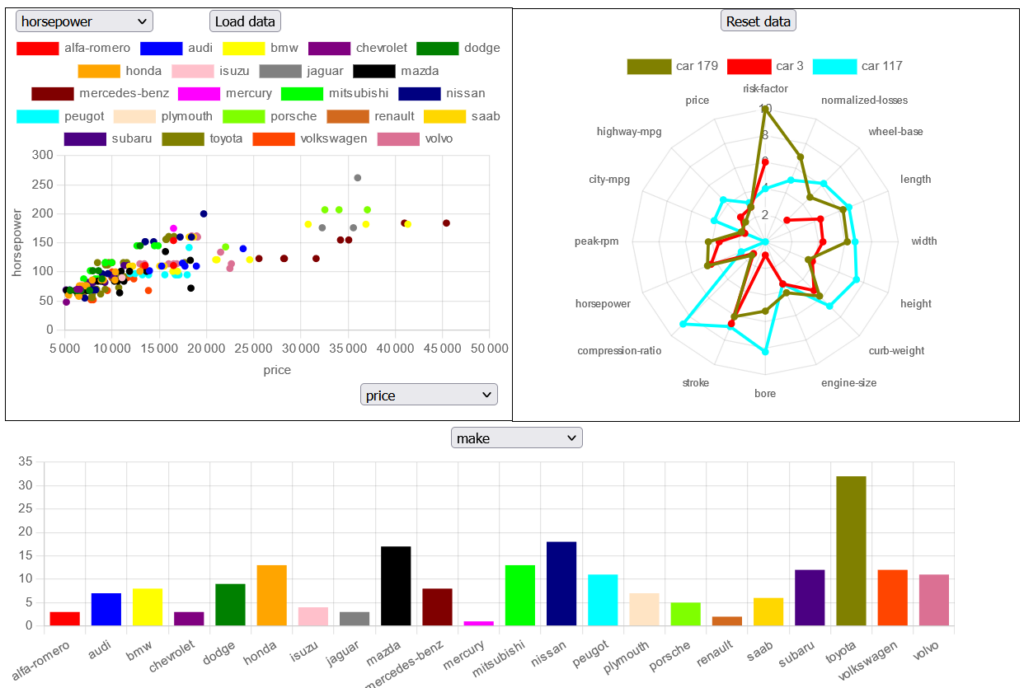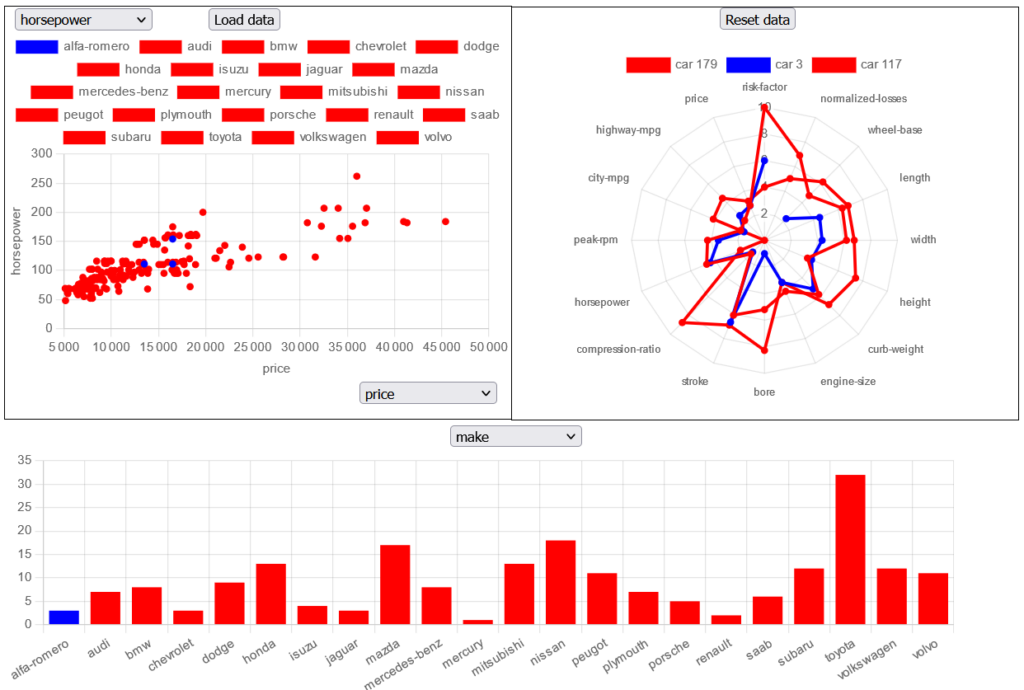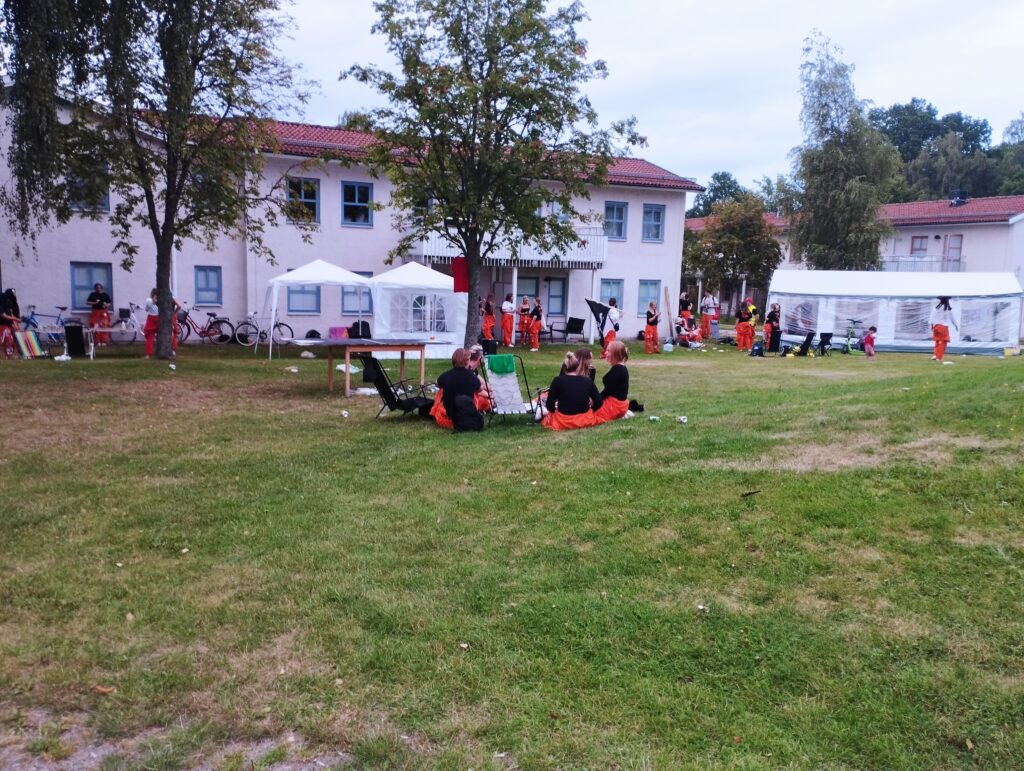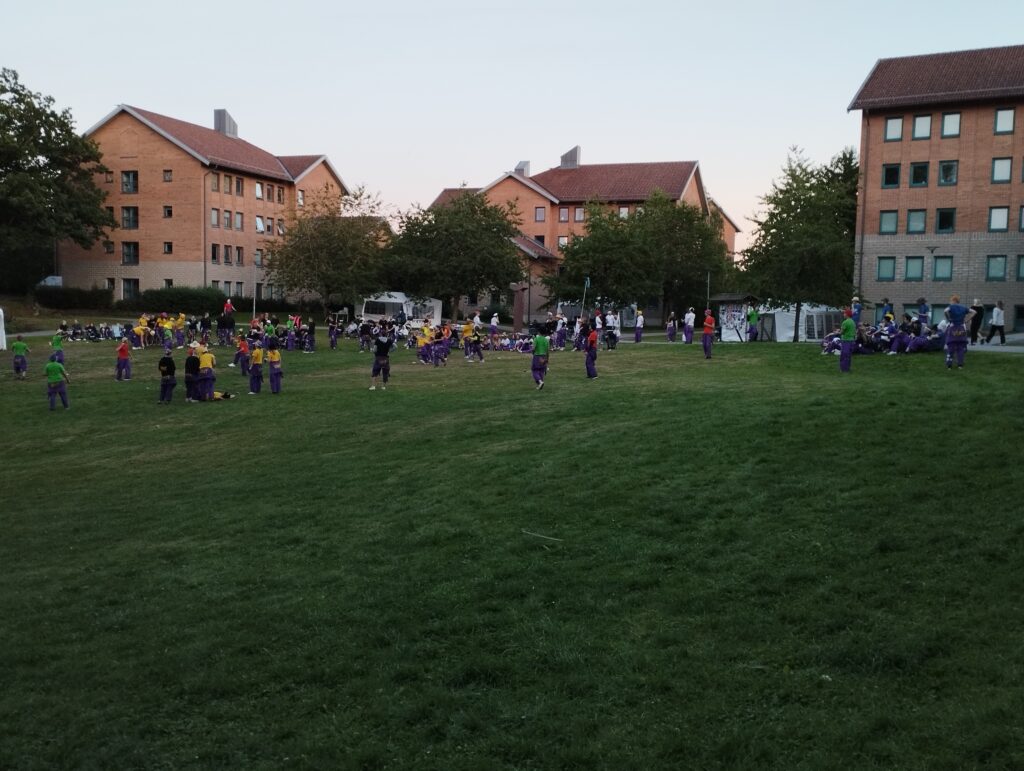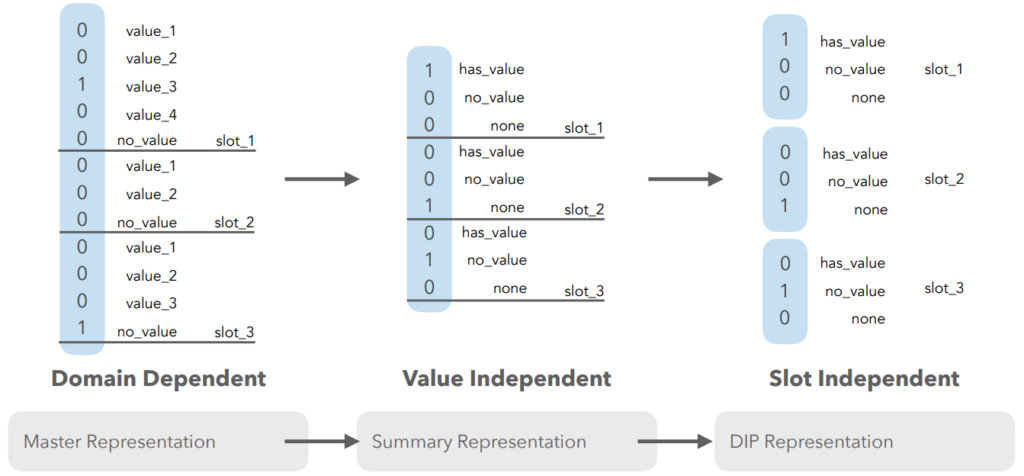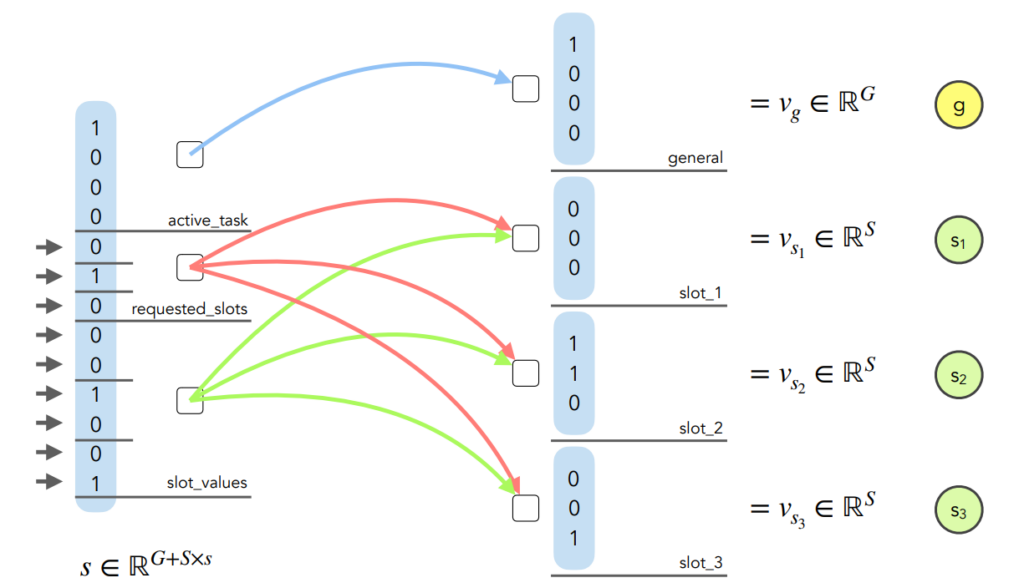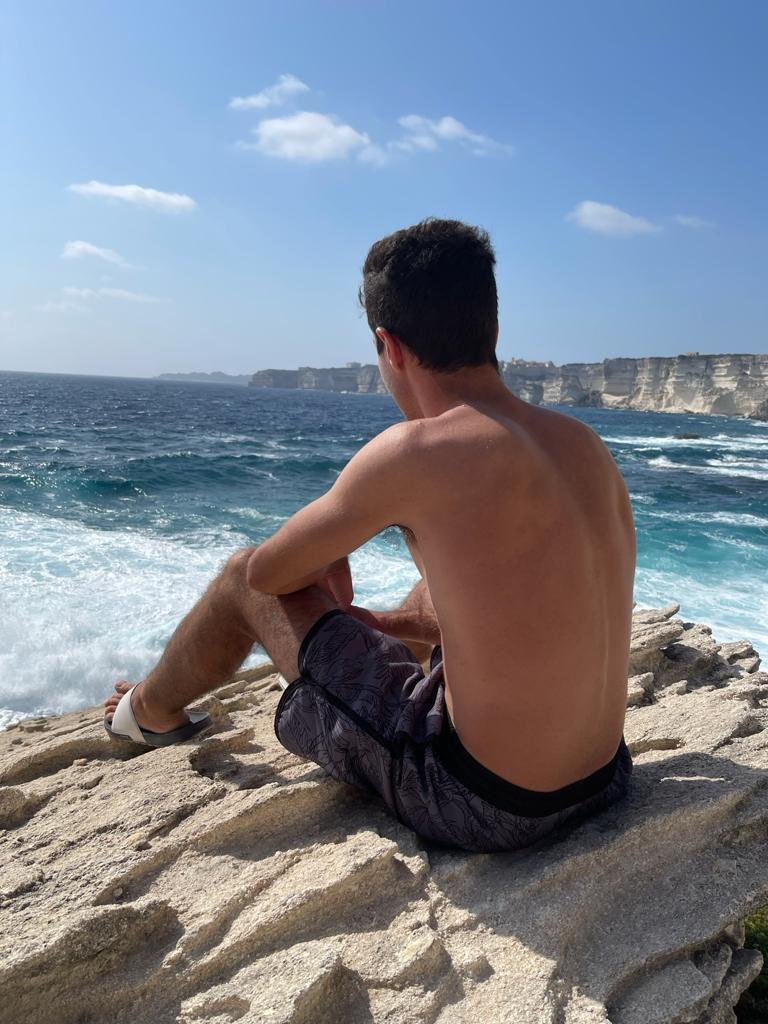My daily life in Japan (as a student)
My daily life as a student in Japan and as a student in France (and even in Sweden) were very different and so I’ve decided to give a little part of my daily life there.
But before getting into the main part, I wanna let know that this might not be a « normal » life as a student in Japan. We, exchange students, had a special treatment in a lot of ways that anyone doesn’t have, like a cafeteria in our dormitory and a great time table.
Firstly, about my student apartment, I had a very small room in a dormitory that simply allowed me to sleep, work and store a very few things and even I, who doesn’t need a lot of space, felt a little bit cramped in there but it was enough for a 3-month time in Japan. Moreover, I had a balcony if I wanted to relax a little with fresh air.



I could start everyday (except when it was closed on sundays and holidays) with a great breakfast already prepared for students living in this dormitory. I personally liked a lot food in the dormitory, first we didn’t have to prepare it, second it was very healthy and third I could discover a lot of food that was unknown to me (and is still unknown to me 😂).
Then, I had about a 40 minutes ride to the university which started at 9AM.
University courses ended mostly around 2:30PM and then we had a lot of free time which I’m thankful for because we have been able to spend some great time, students and volunteering students, together and do a lot of activities thanks to it.
Our « typical » following after the courses was going to a cafe called « St.Marc Cafe » and eat delicious French food with for example the unfamous Choco Croissant.
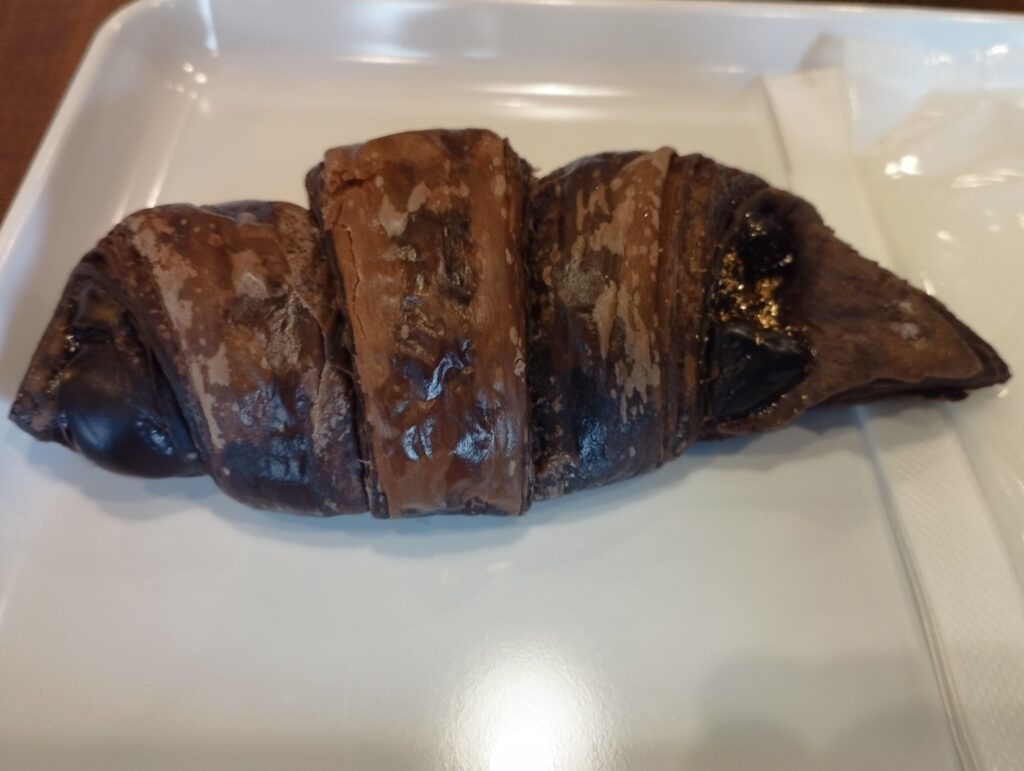
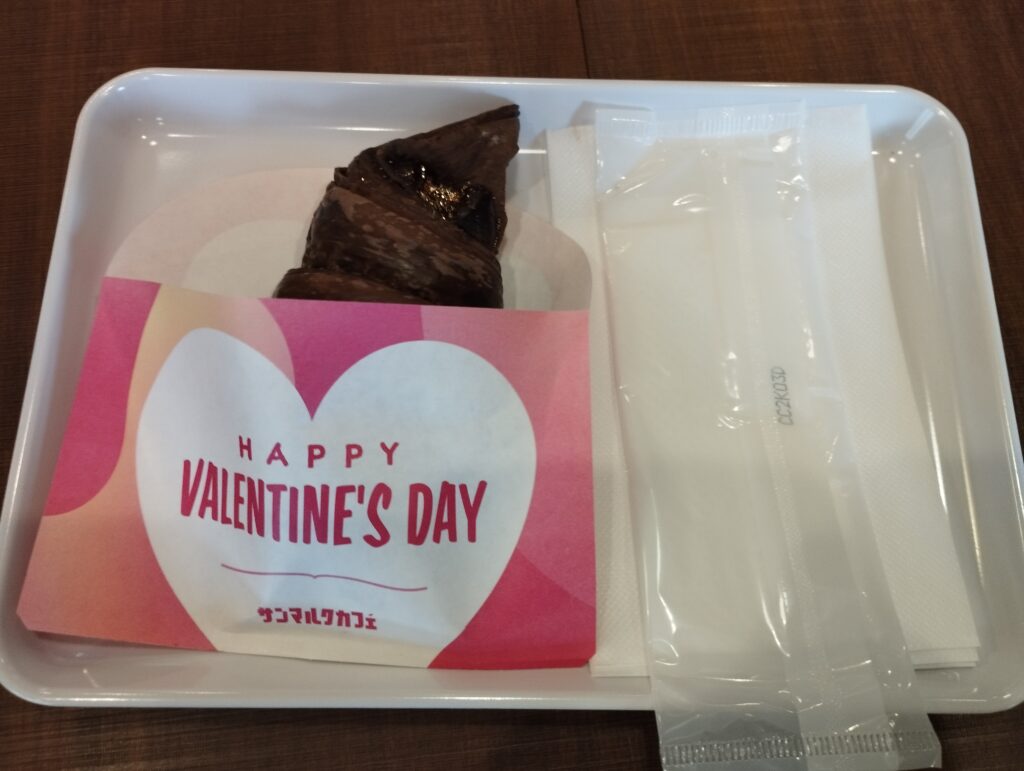
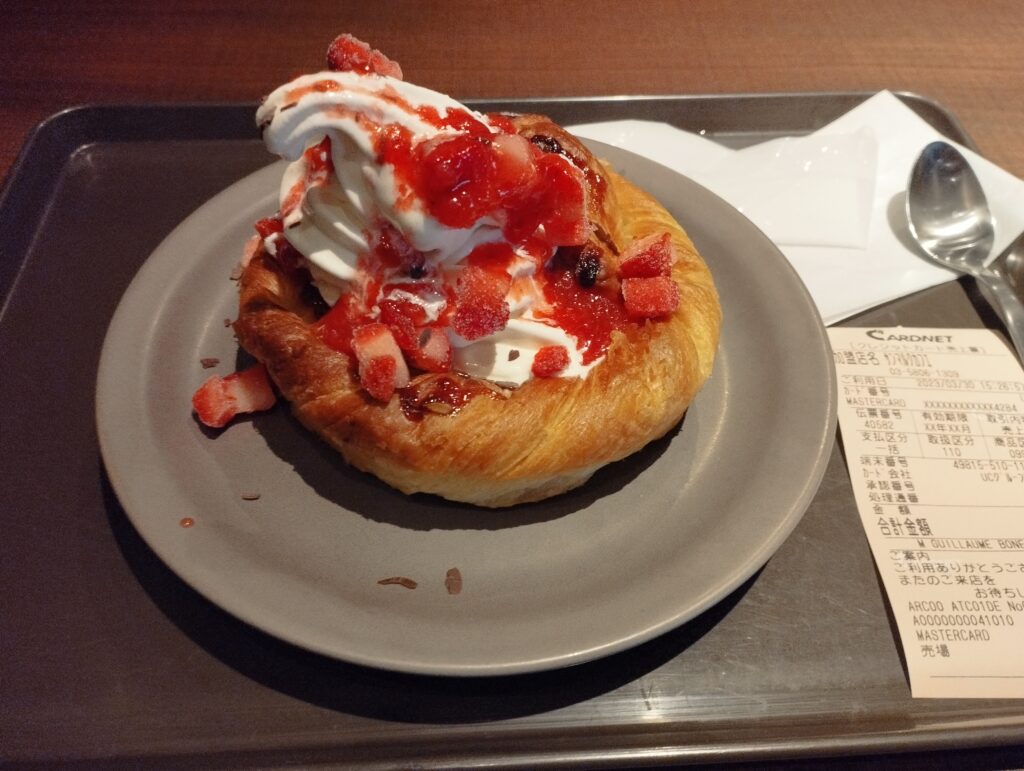
Joke aside, St.Marc Cafe’s food is very good and I recommend it even though it’s not real French food. It doesn’t need to be French to be good !
When not going to a cafe after the courses, we could also sometimes just go somewhere else to visit or do activities, like we’ve once done baseball in a batting center for example. Elseway, we could just head back home to do some homeworks and then do things on our own, whatever things we like !
Again, in the evening, we had the luck to get our dinner prepared by the cafeteria which allowed for more time for having fun or working instead of cooking our food ourself !
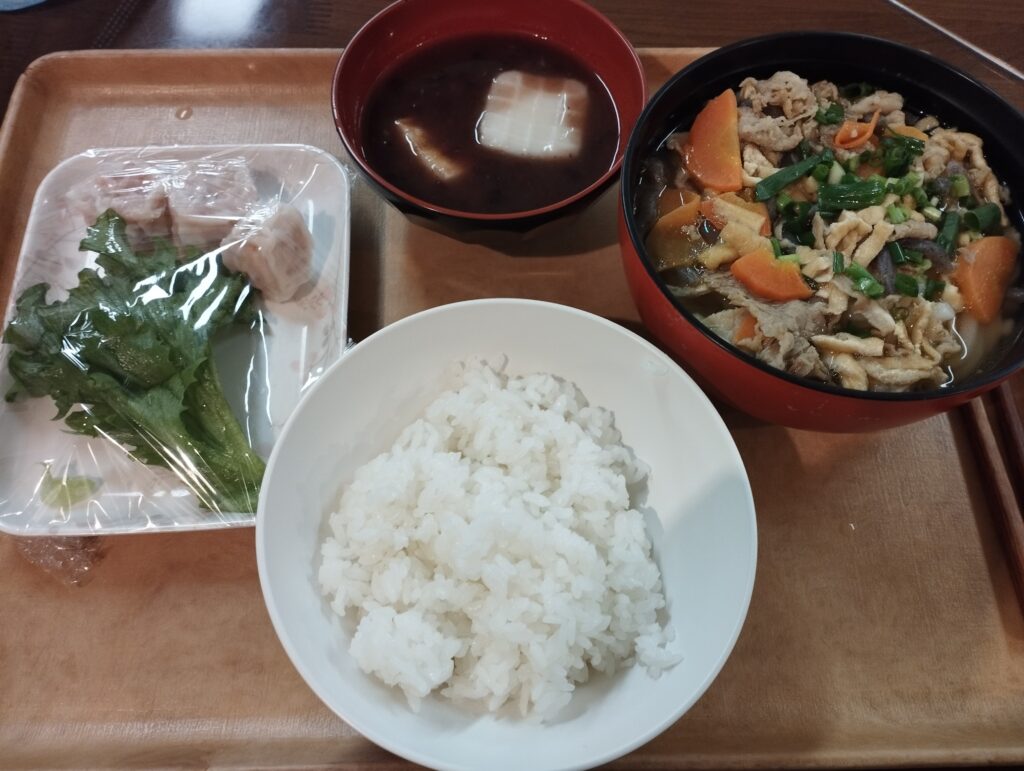
For the things I liked to do personally, because we came in Japan in winter, I liked to go to places where there were illumations, beautiful light events in this period. When spring came, I instead went to some parks enjoying cherry blossoms. I got surprised how early they bloomed in the year, which I heard was pretty unusual, starting already from the end of february for a few trees in Tokyo.

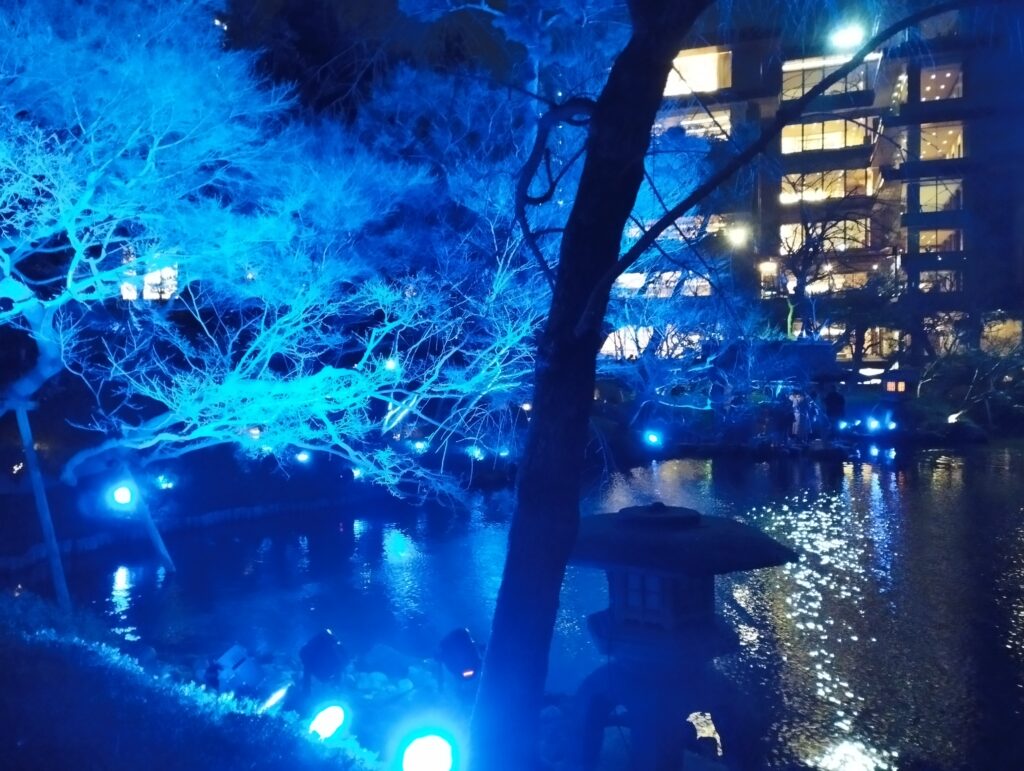
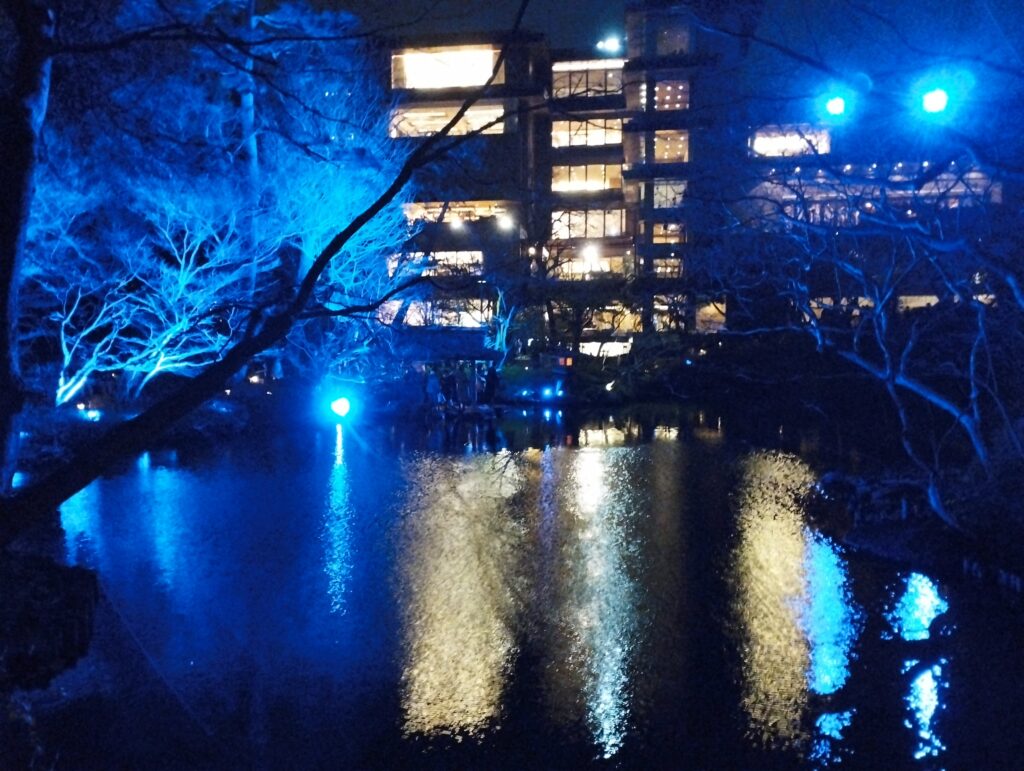
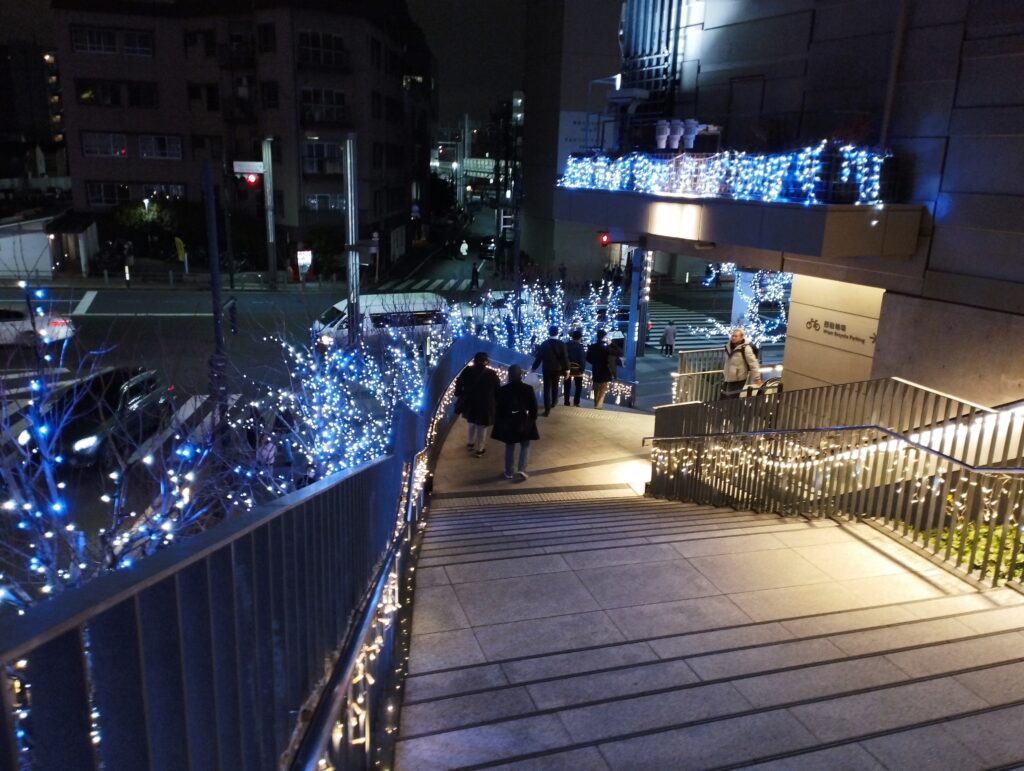

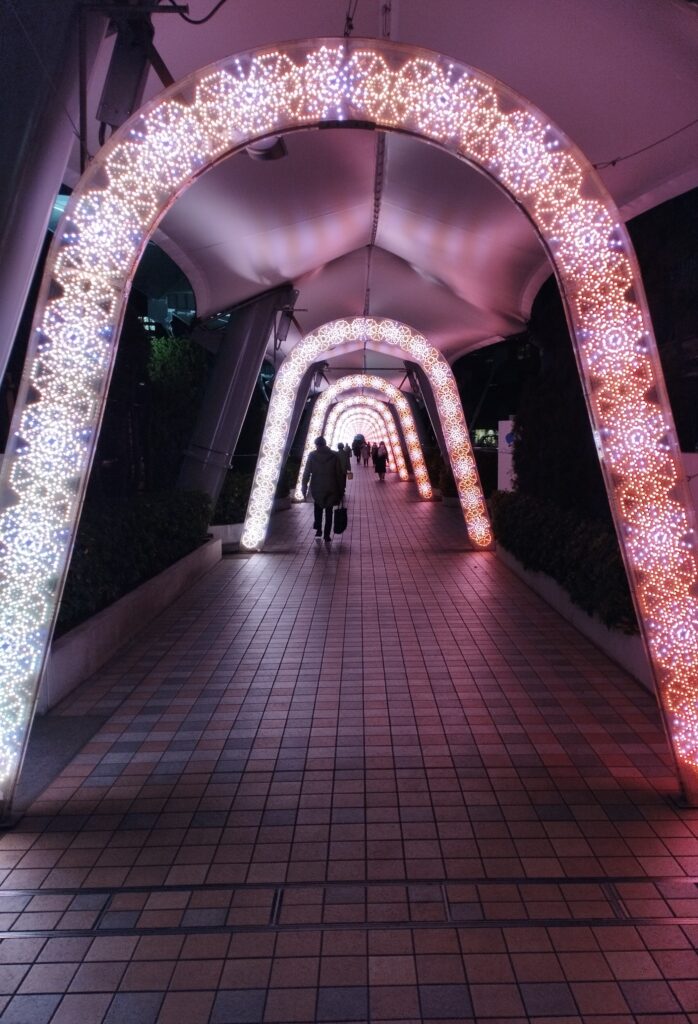

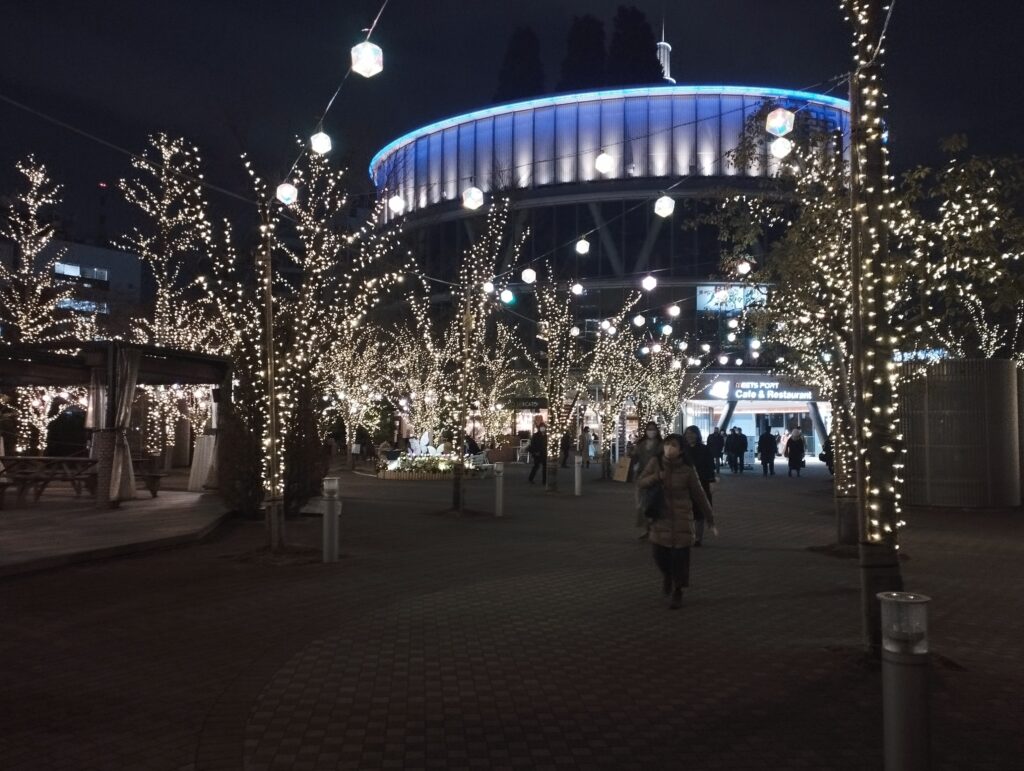


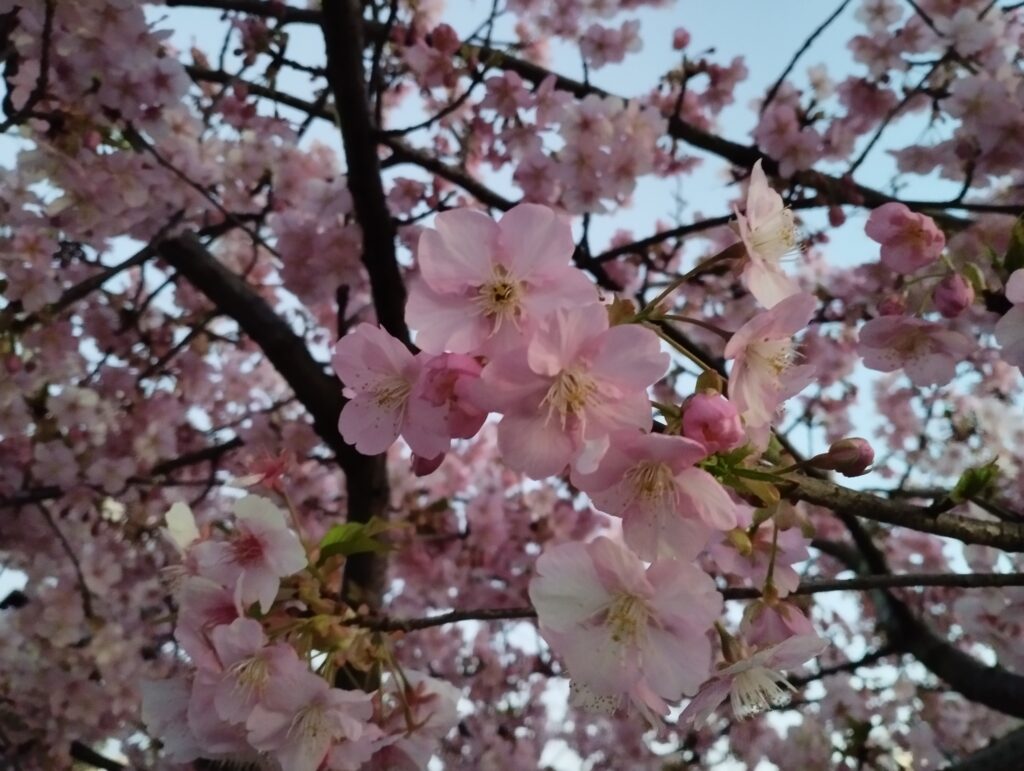
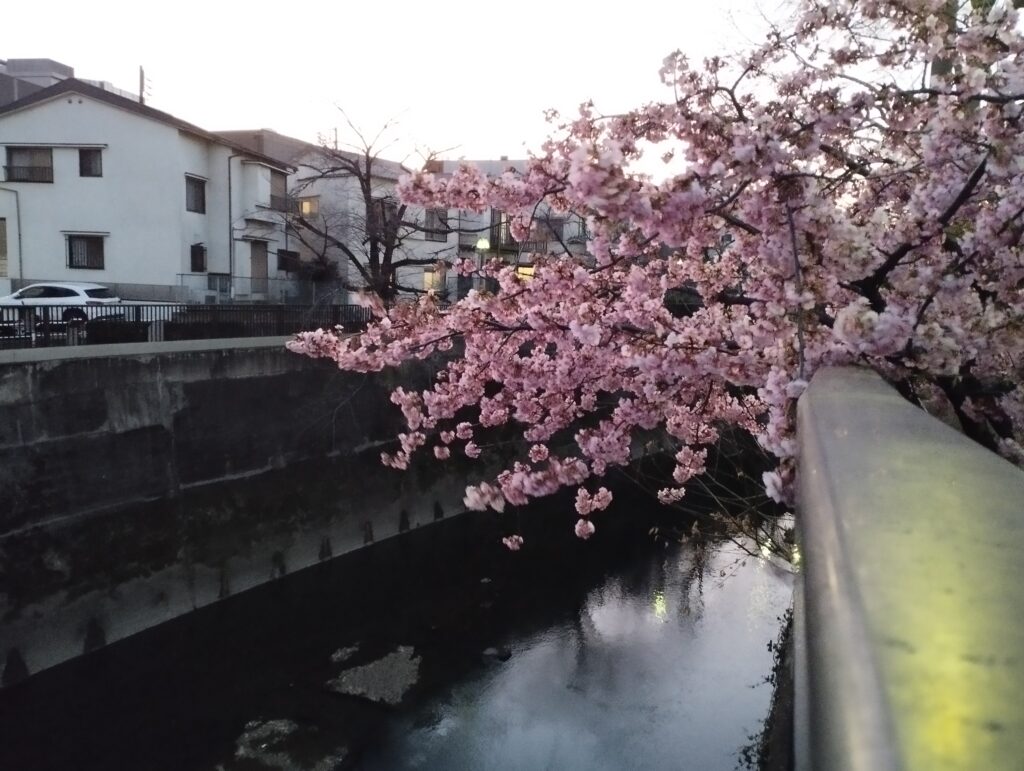

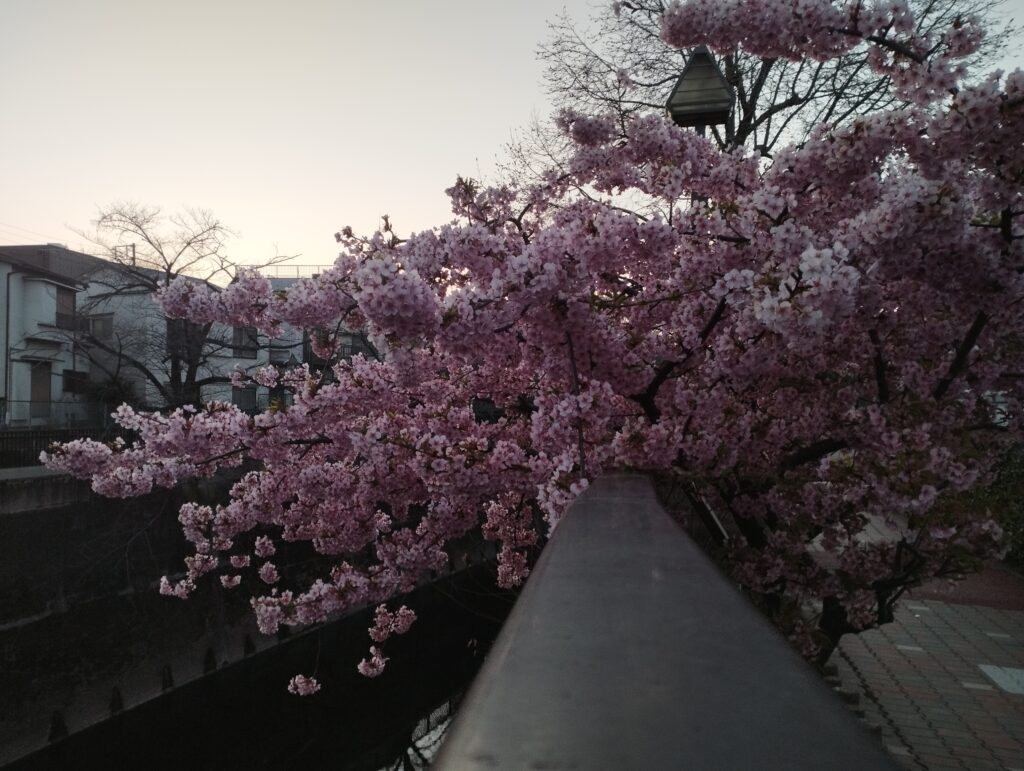



Appart from these, I also went a lot to karaoke (my favorite activity in Japan !) and I’ve had the chance to be able to go to Fuji-Q Highland, a very well known amusement park with a lot of « world’s best attraction » !
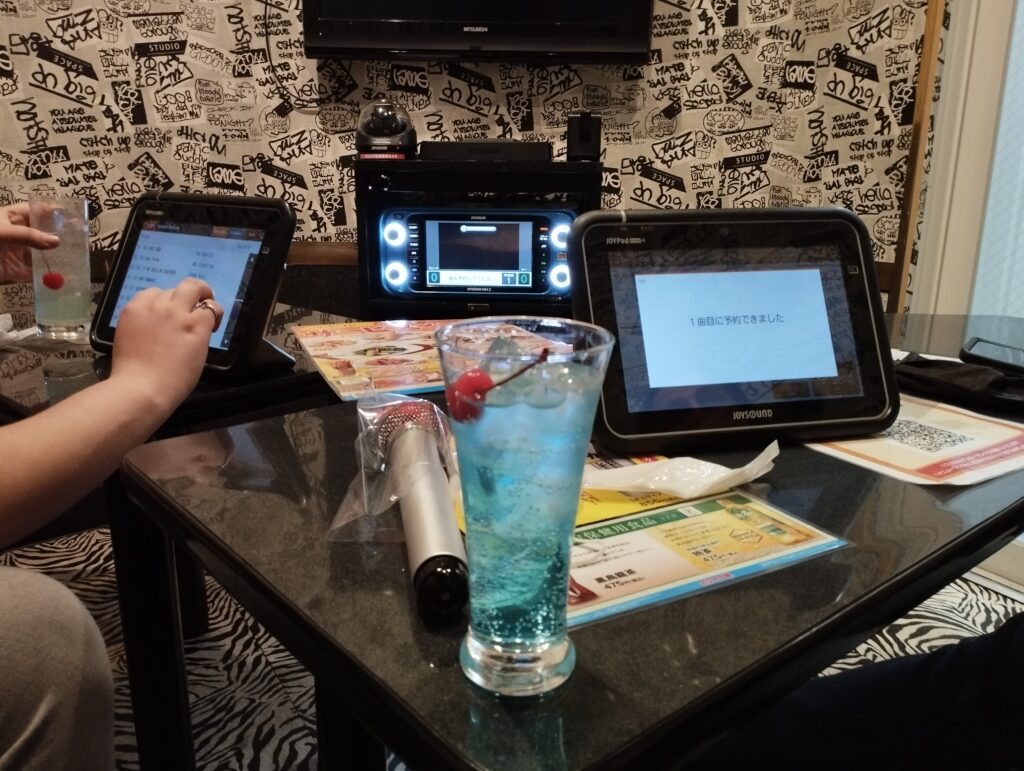
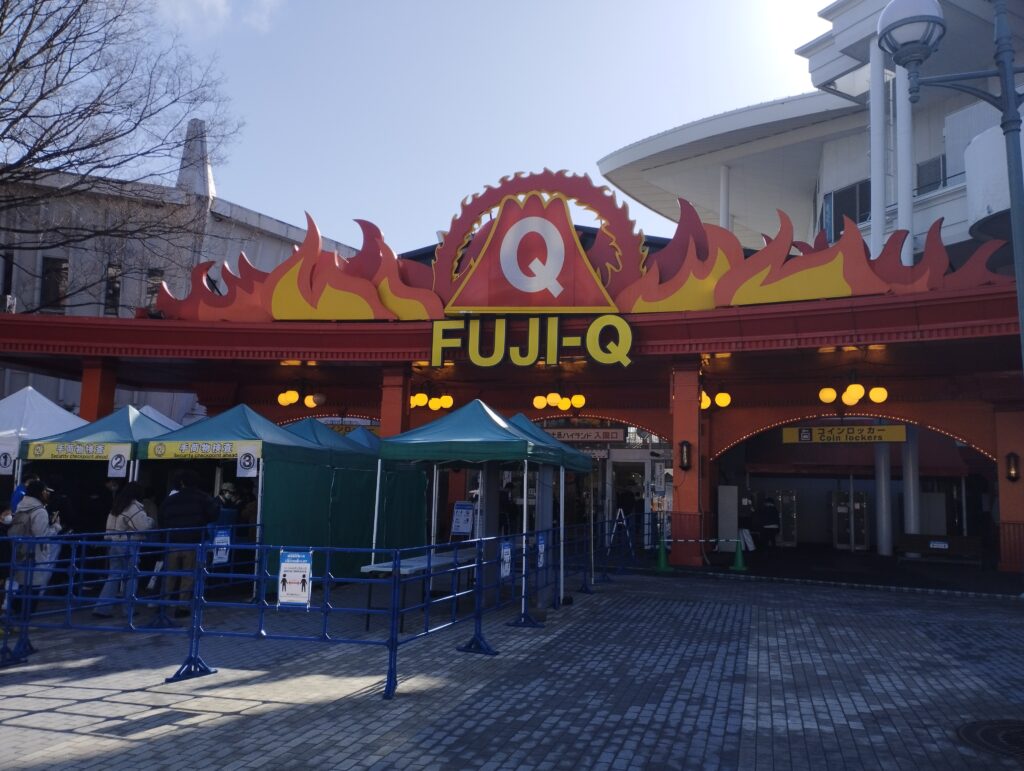
To conclude, I loved every aspects of my student life in Japan, from the great Japanese courses we had in the university to also everything aside from it, the life and food in the dormitory, activities done with volounteers, by ourself exchange students or even the time spent alone where I could discover more Tokyo and the things I had the most interest in.

